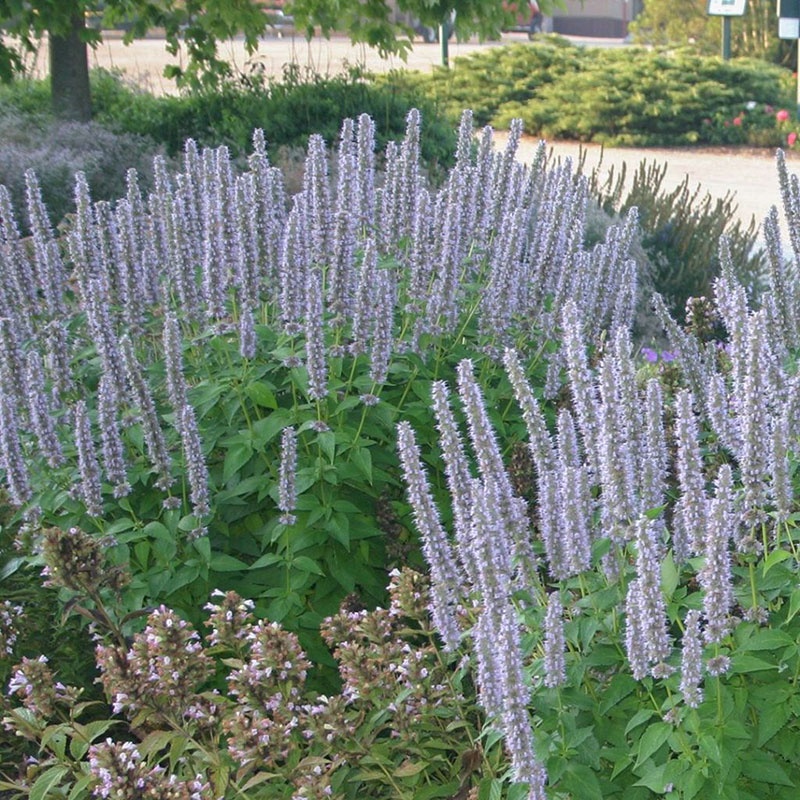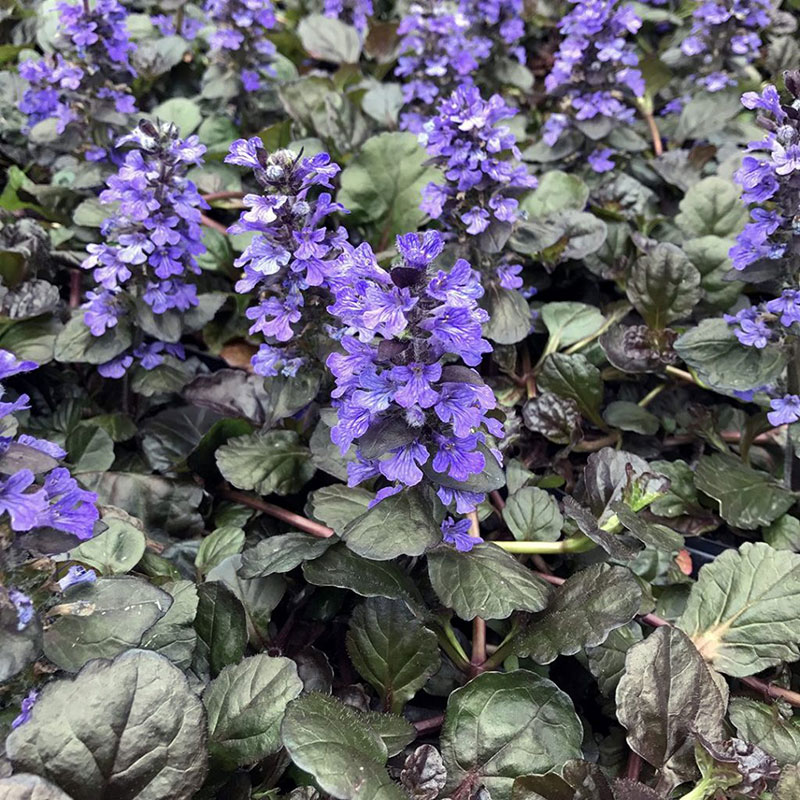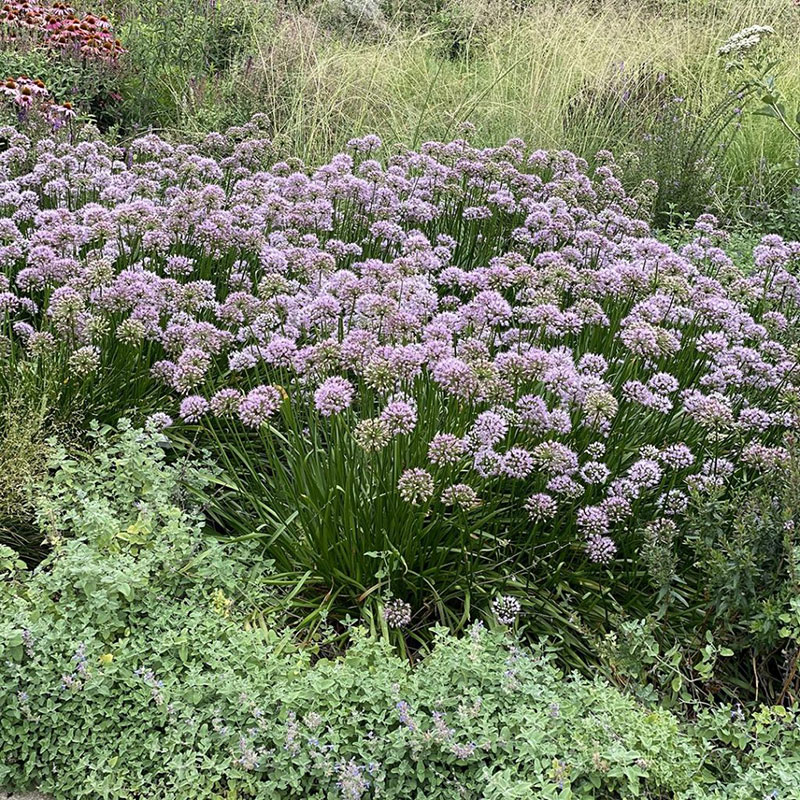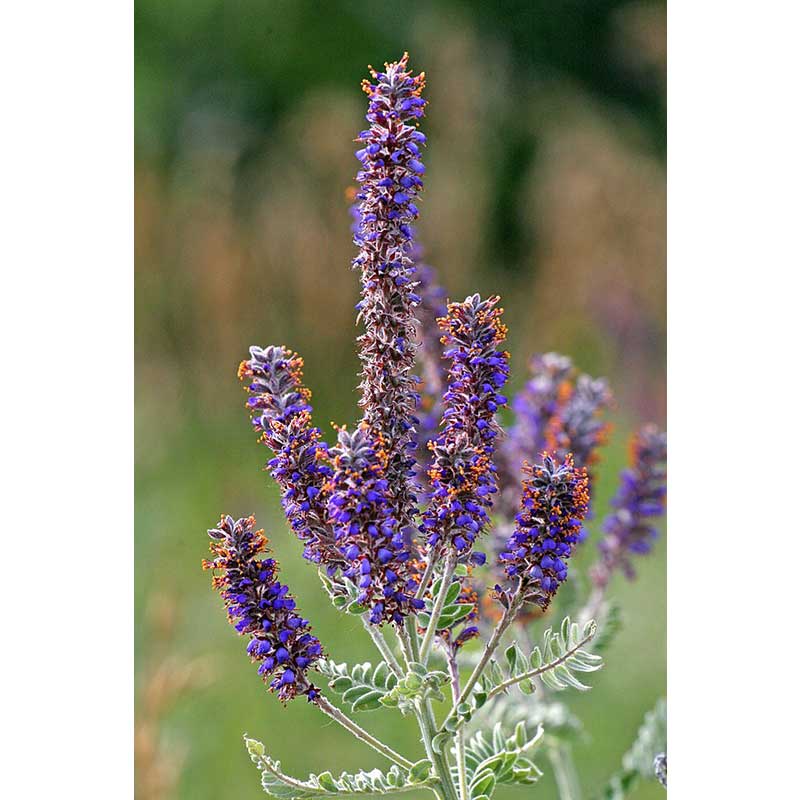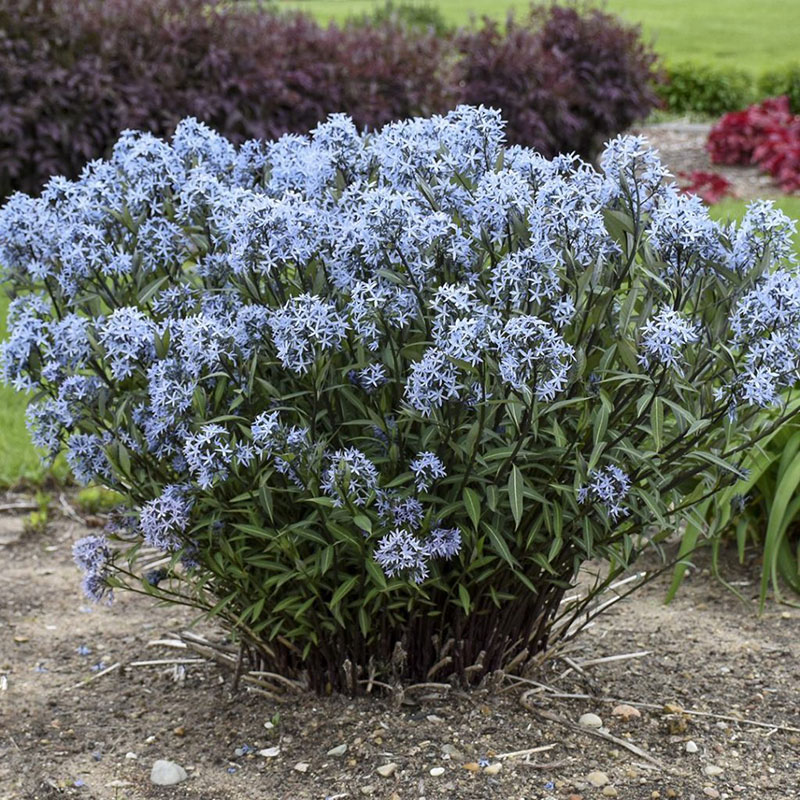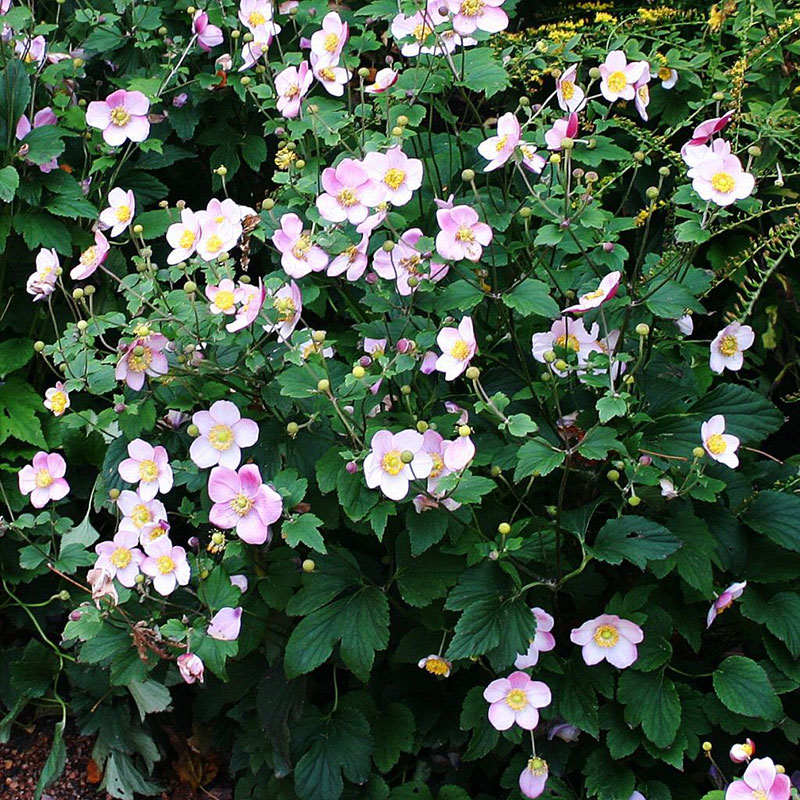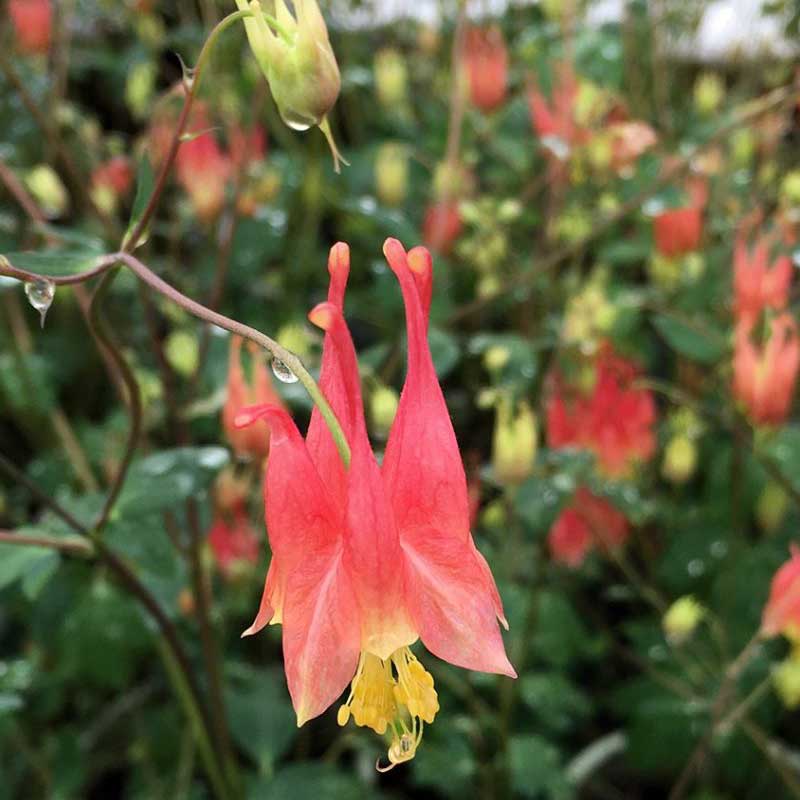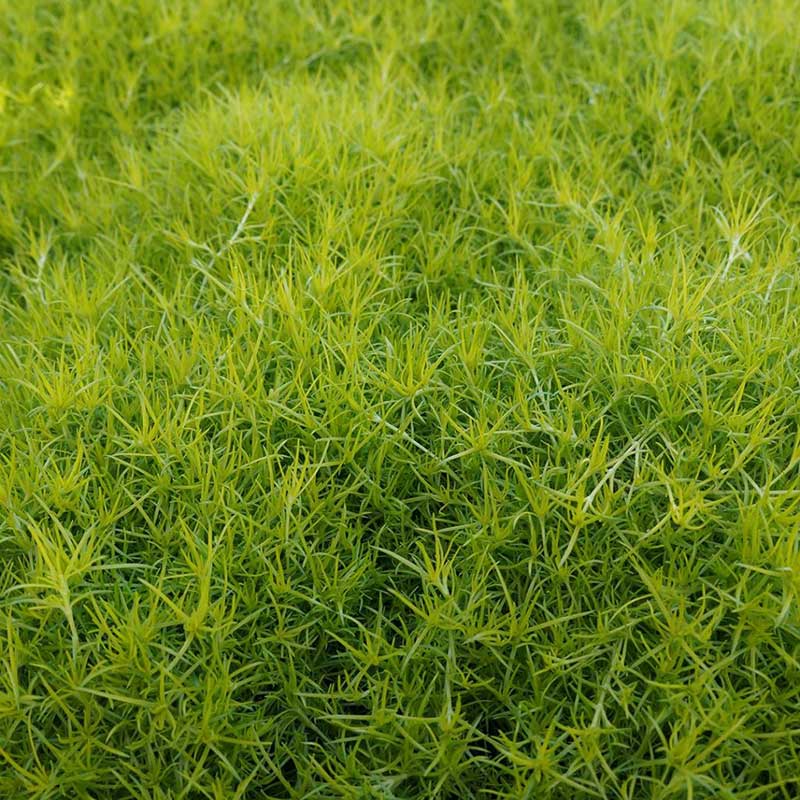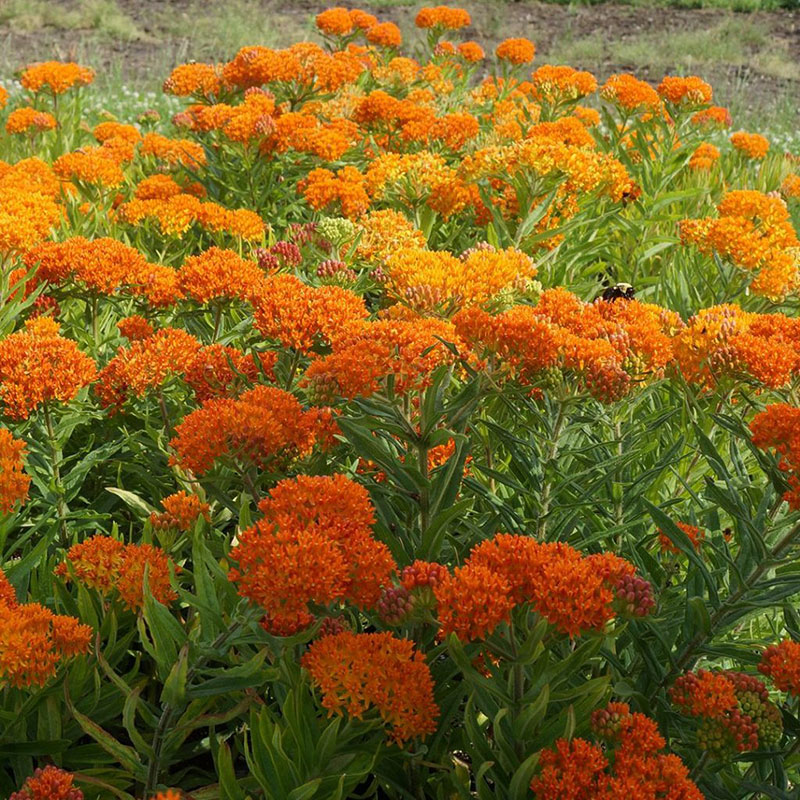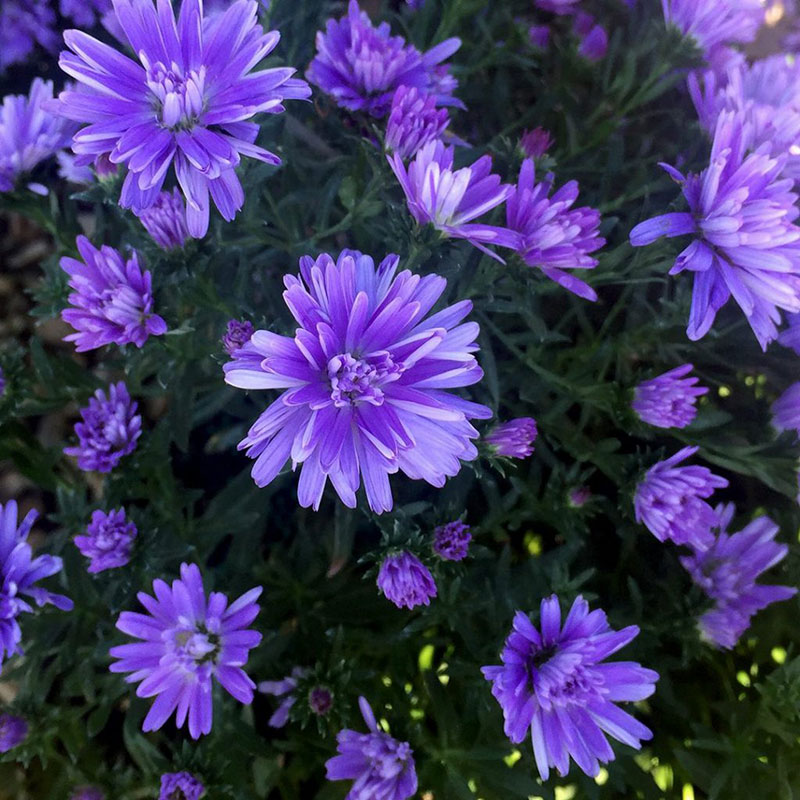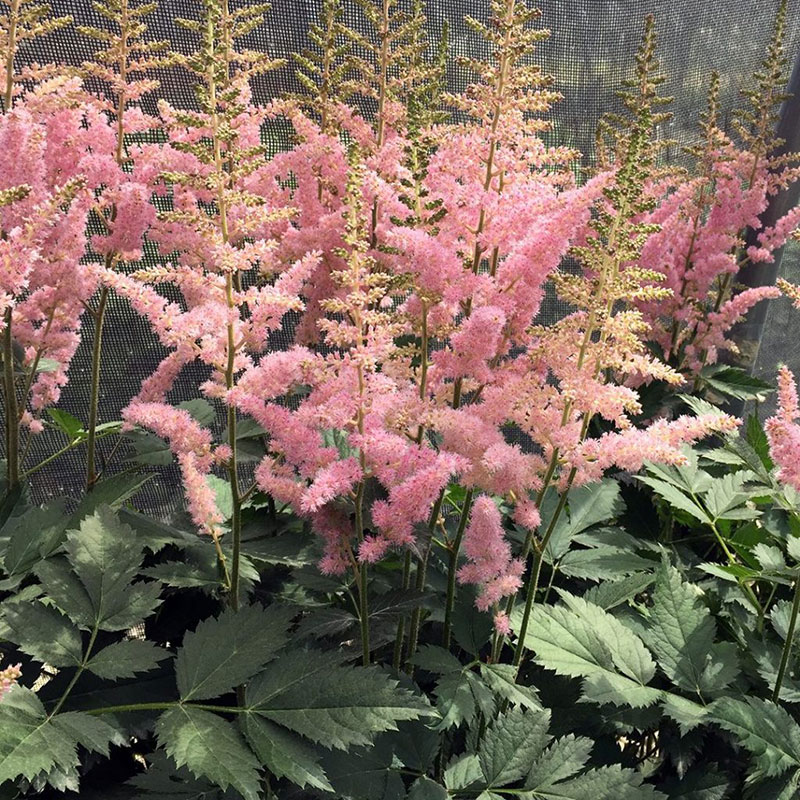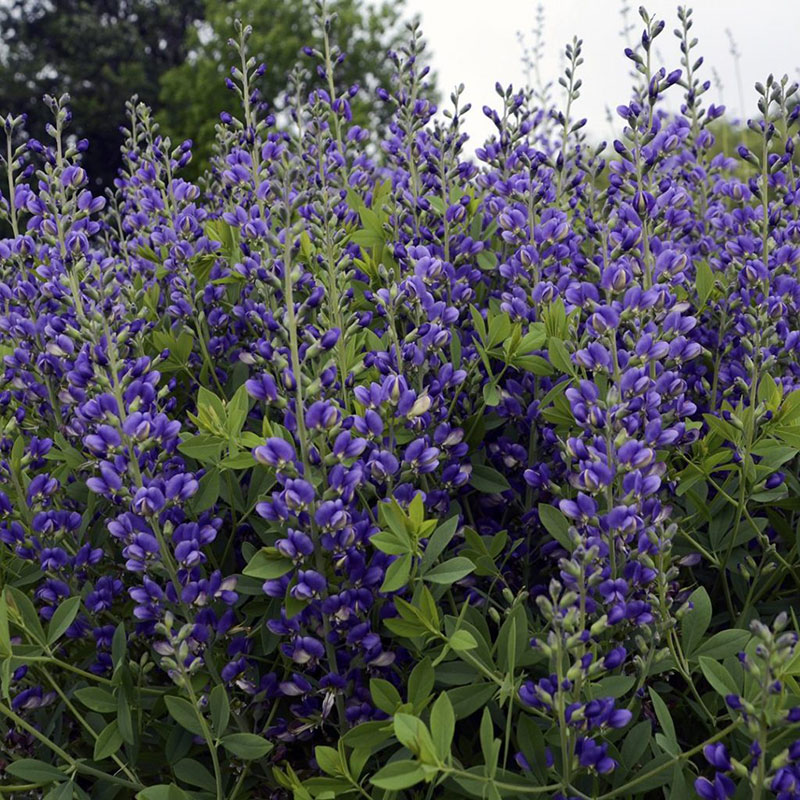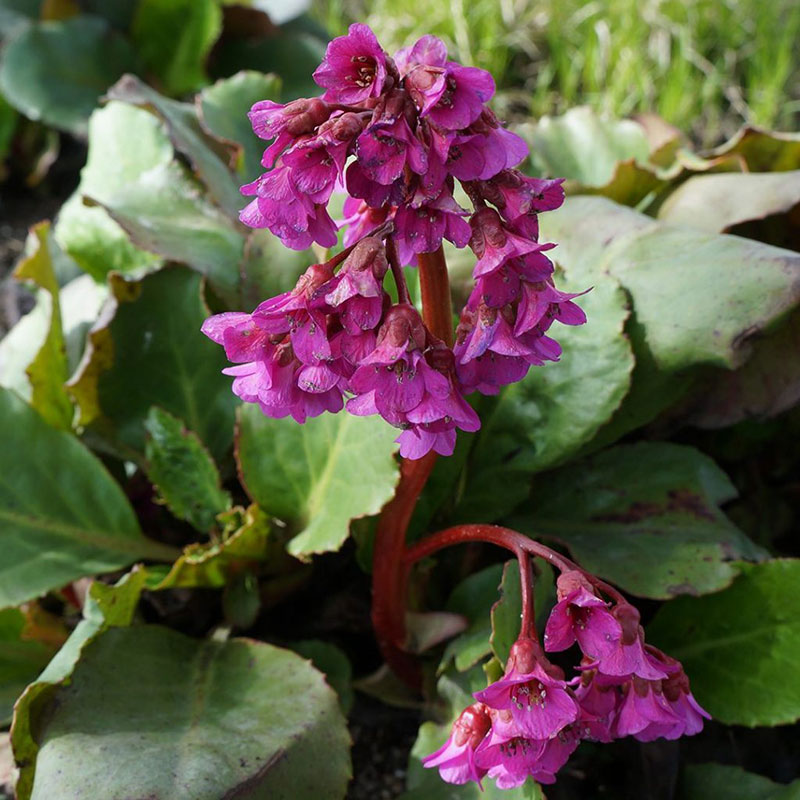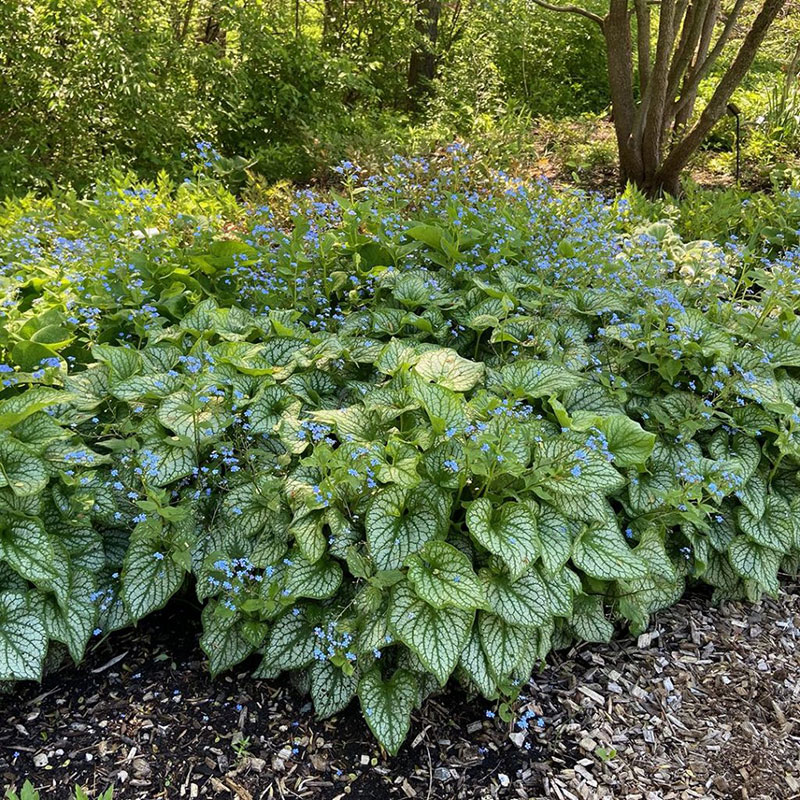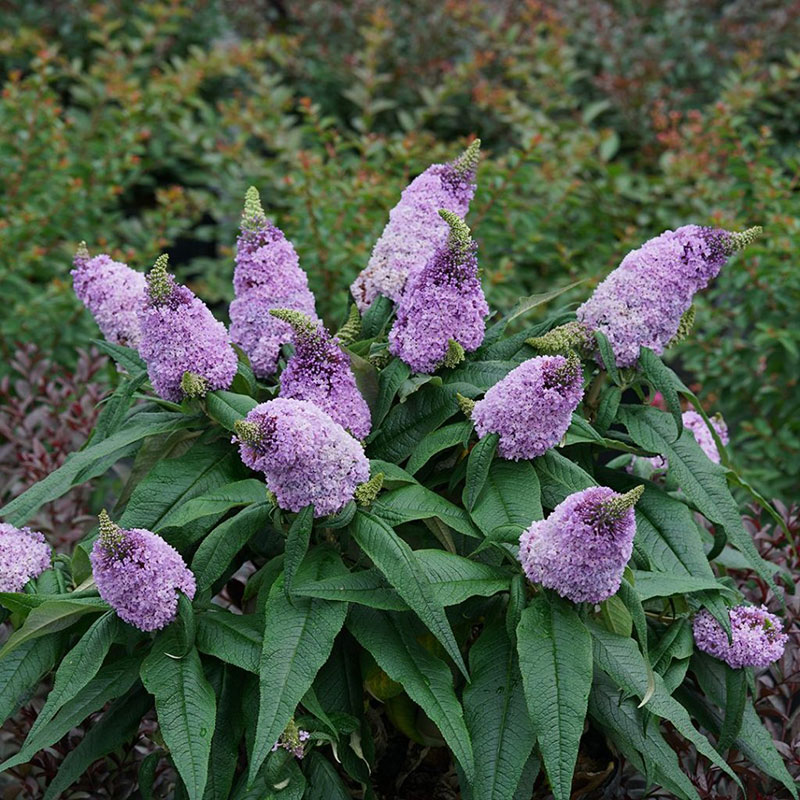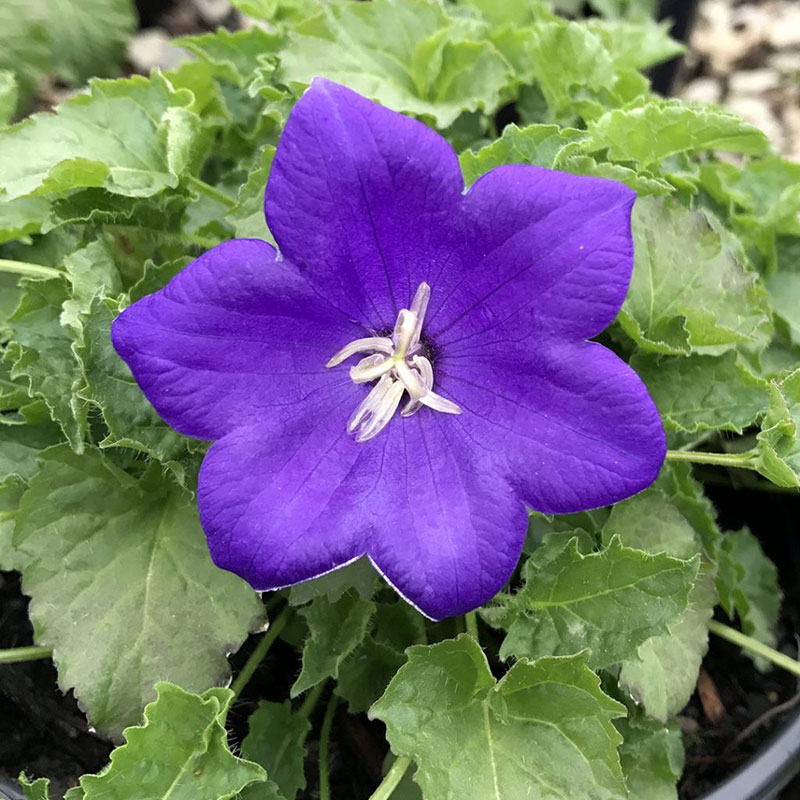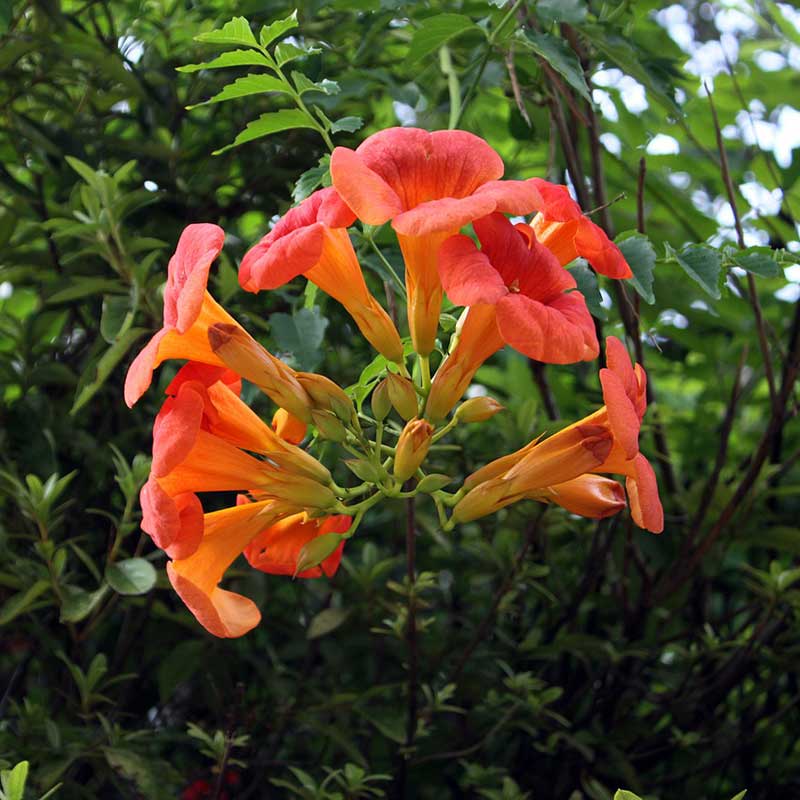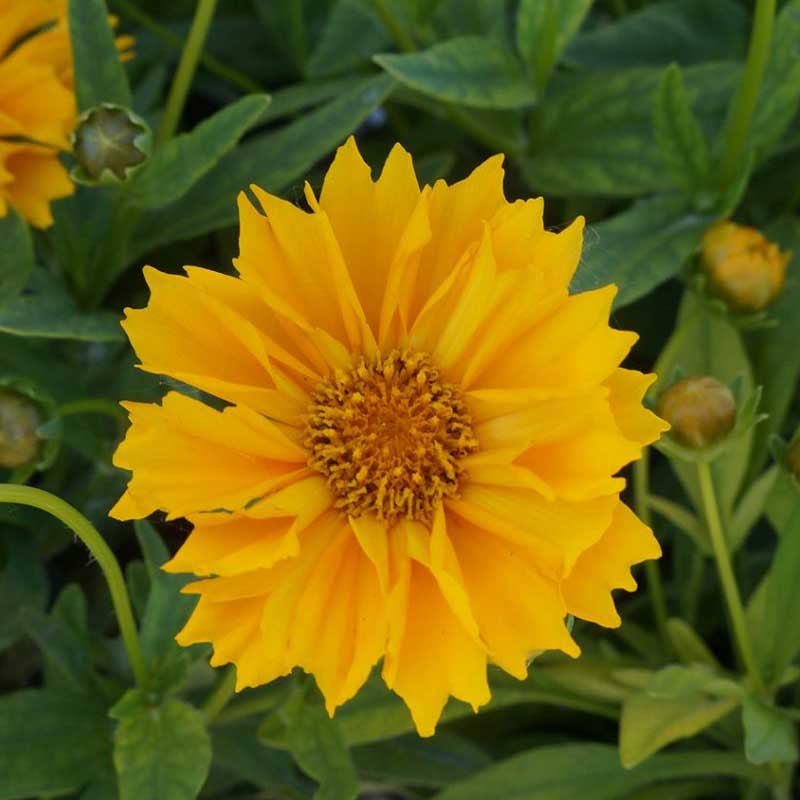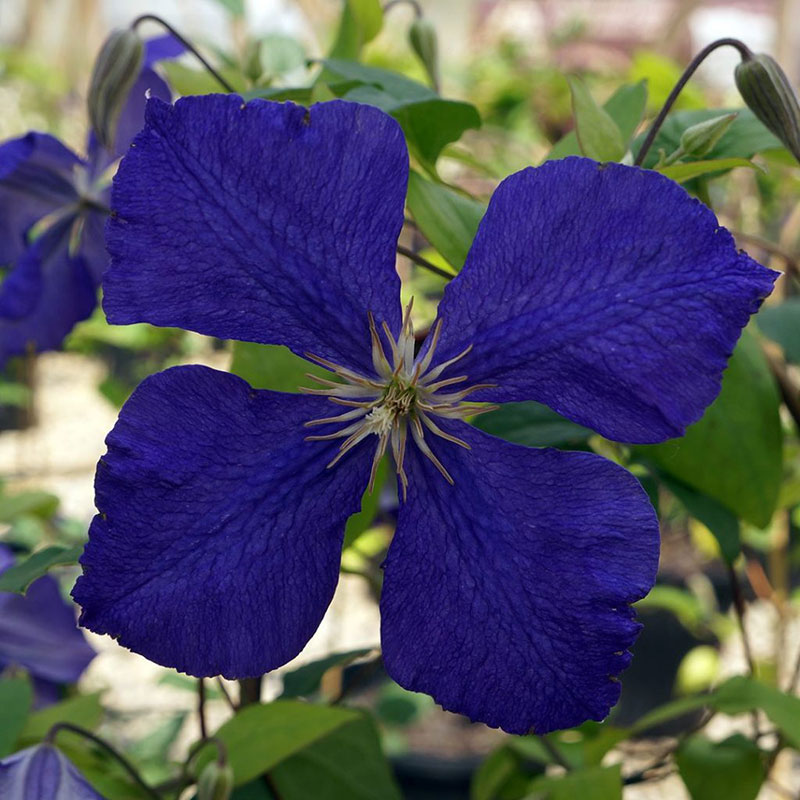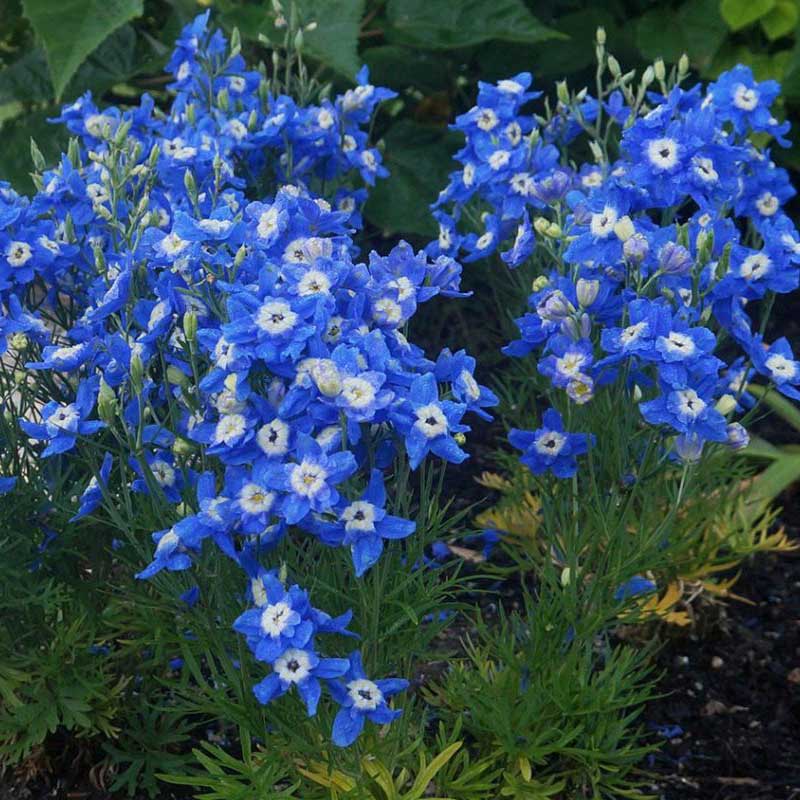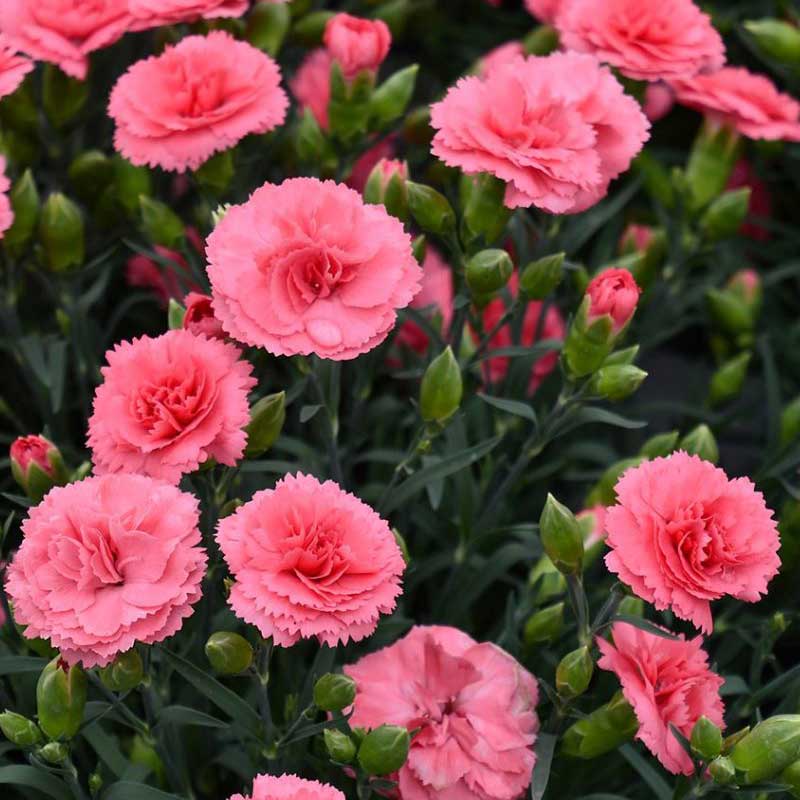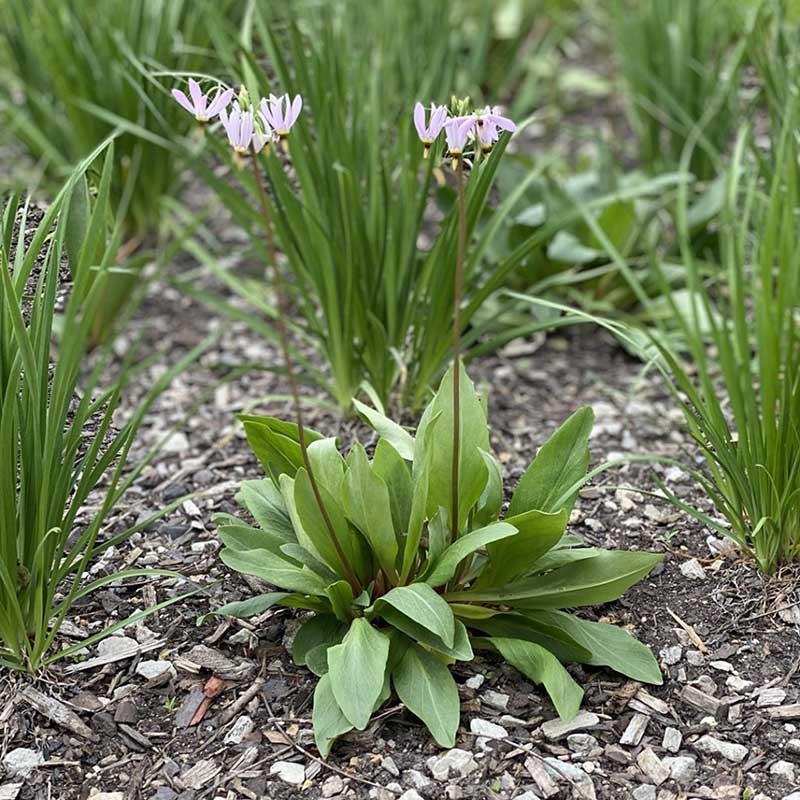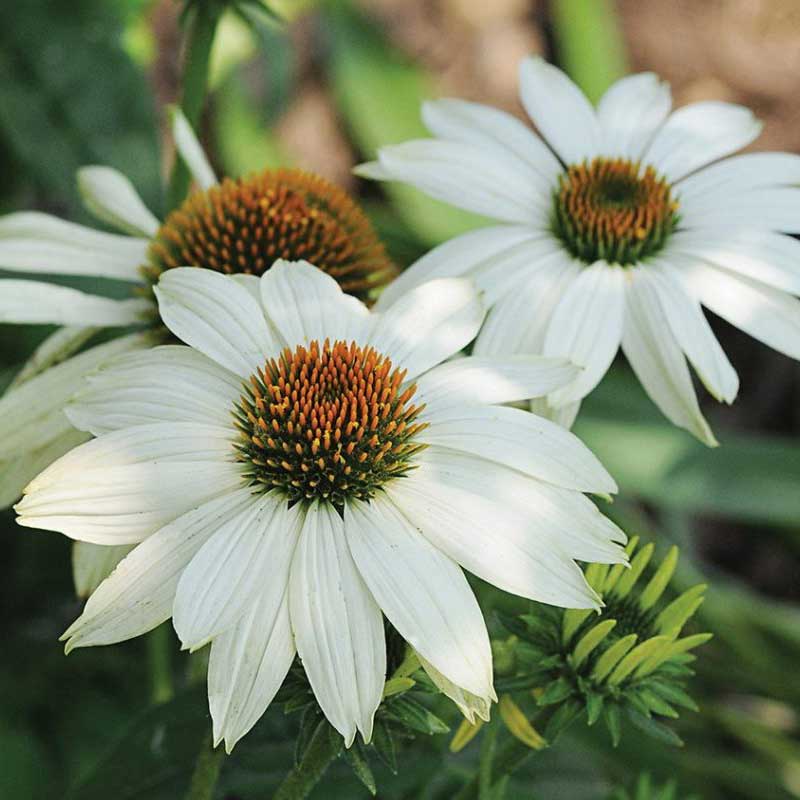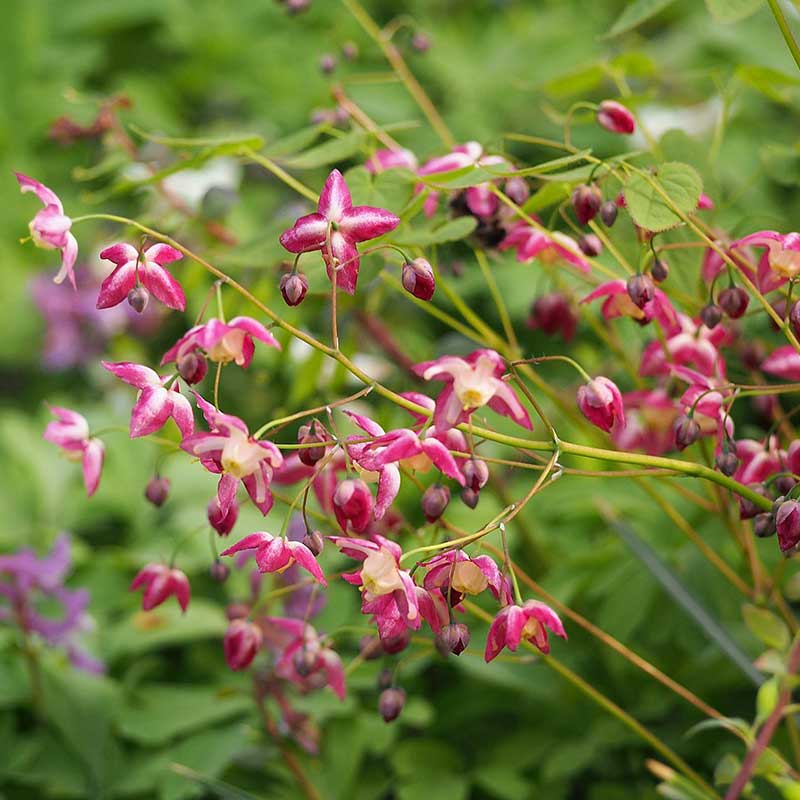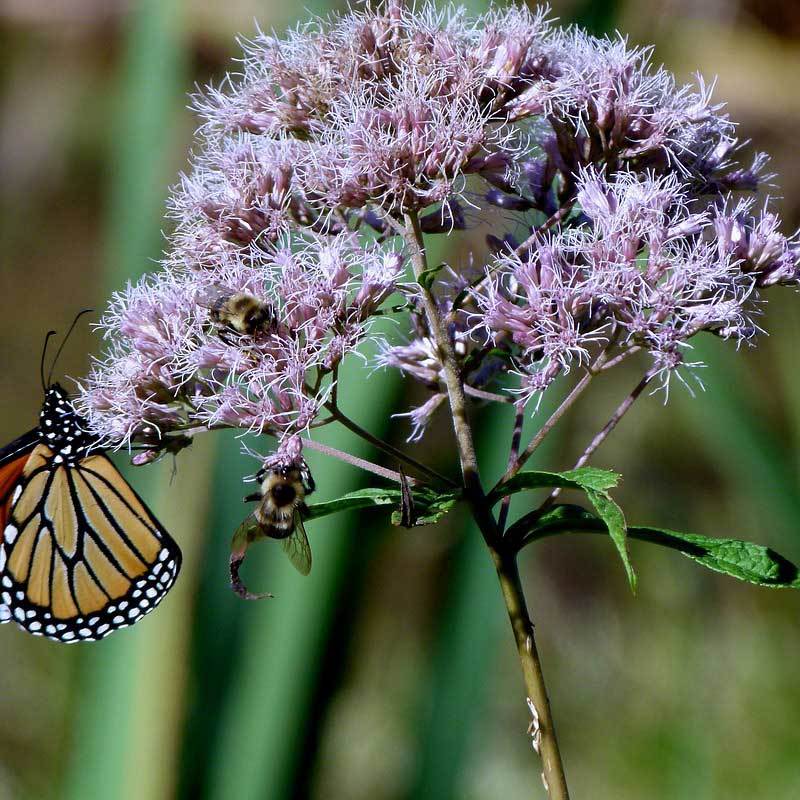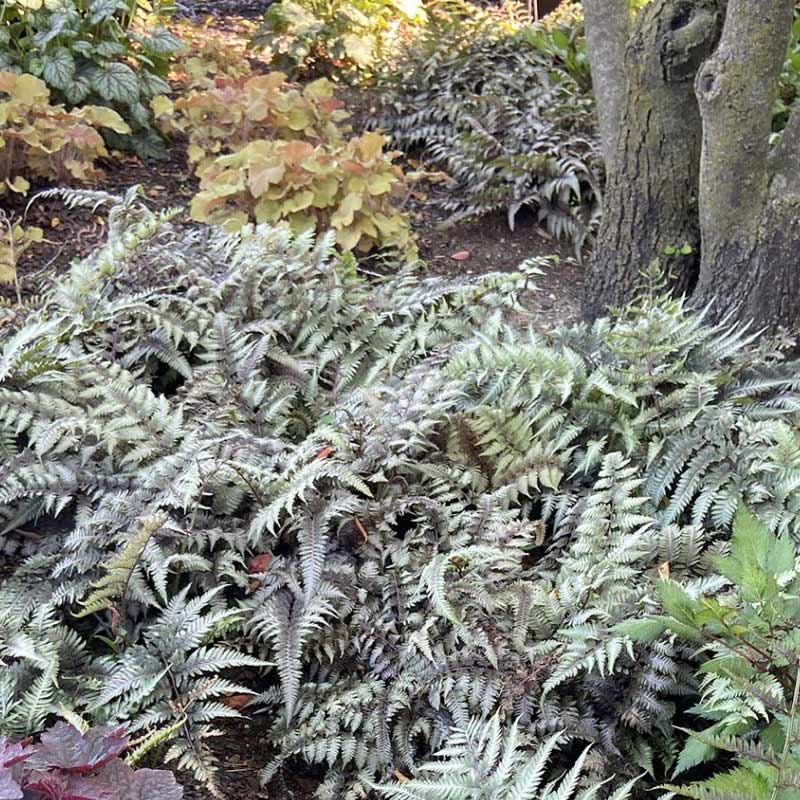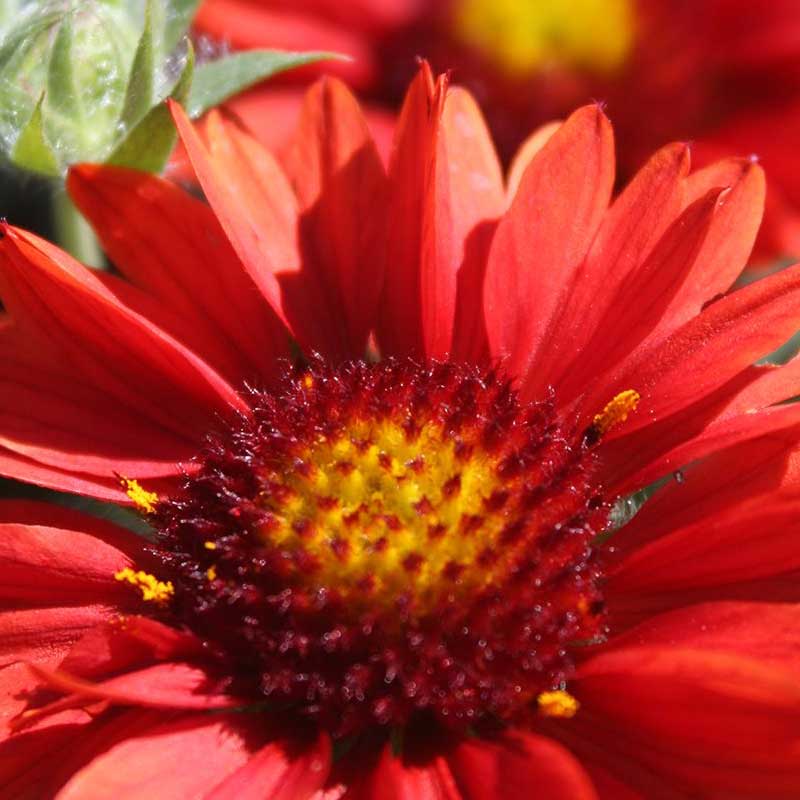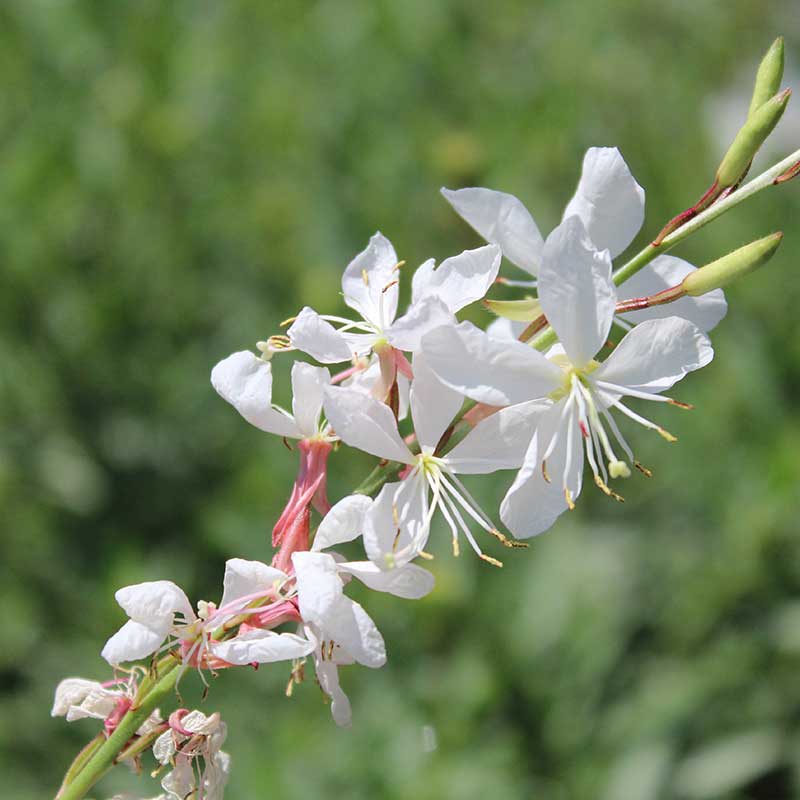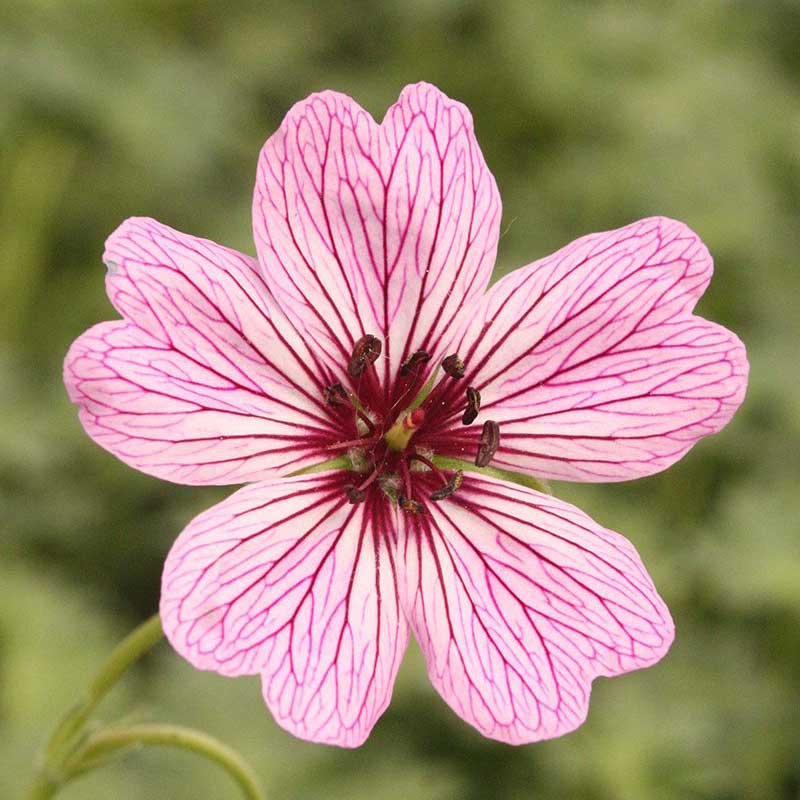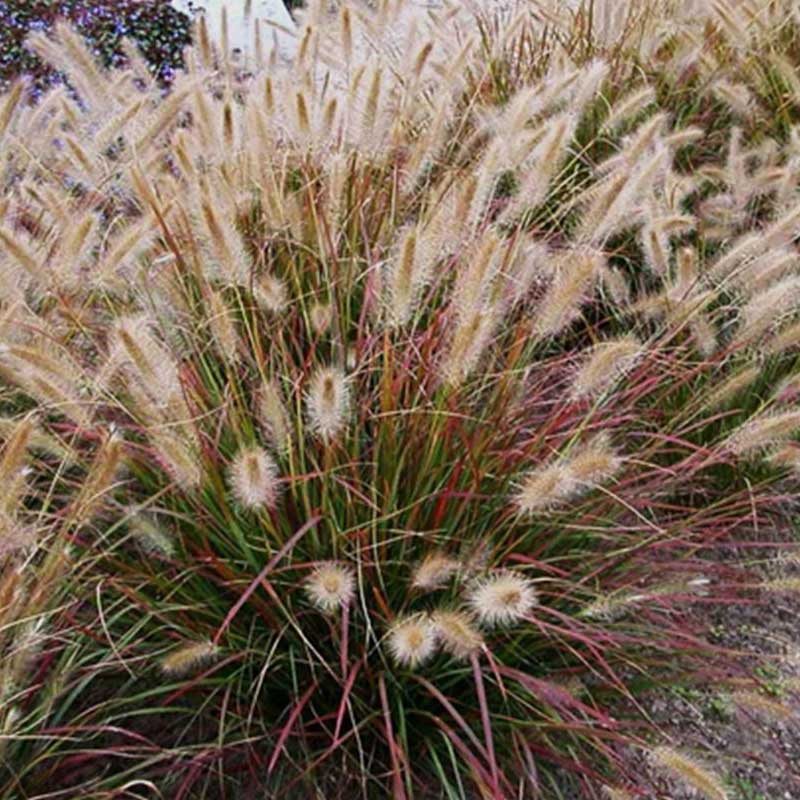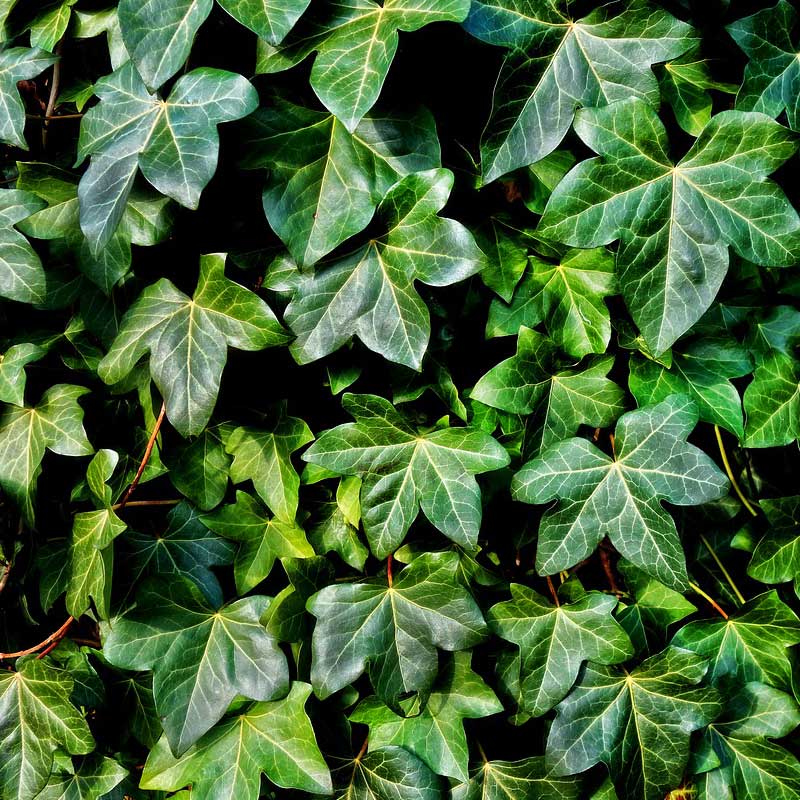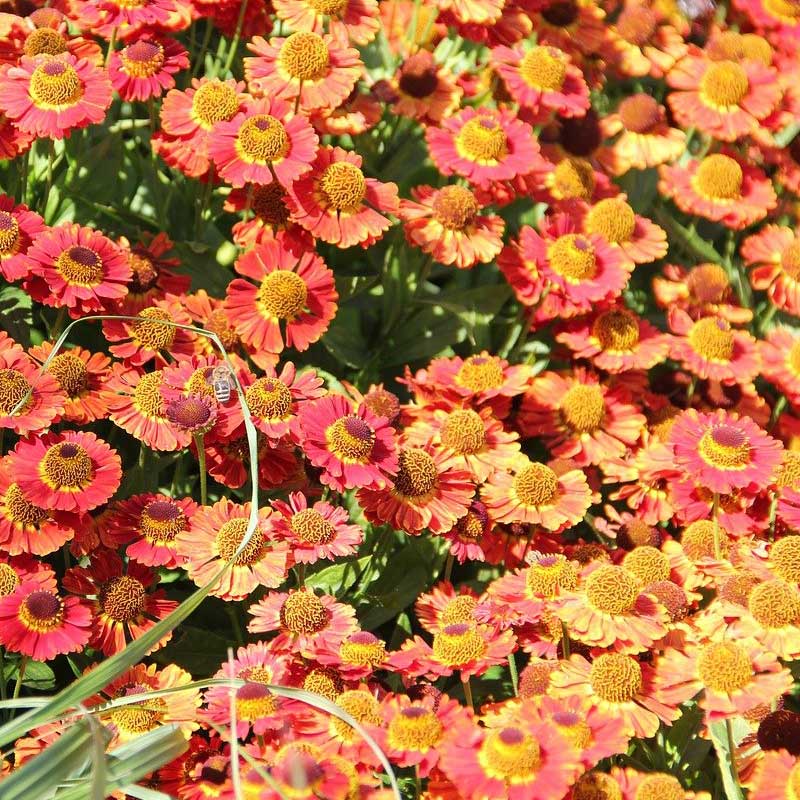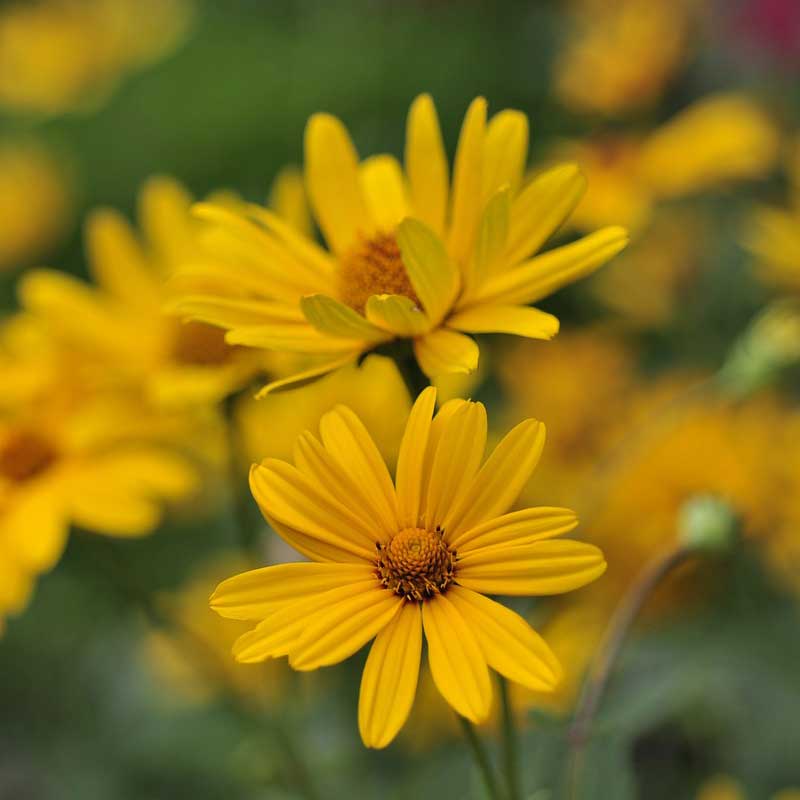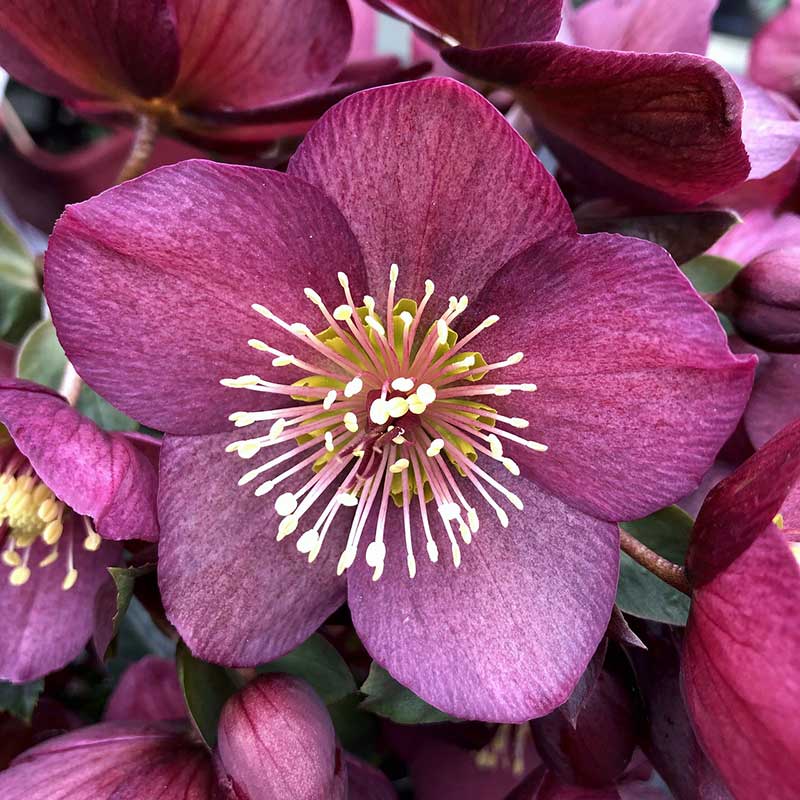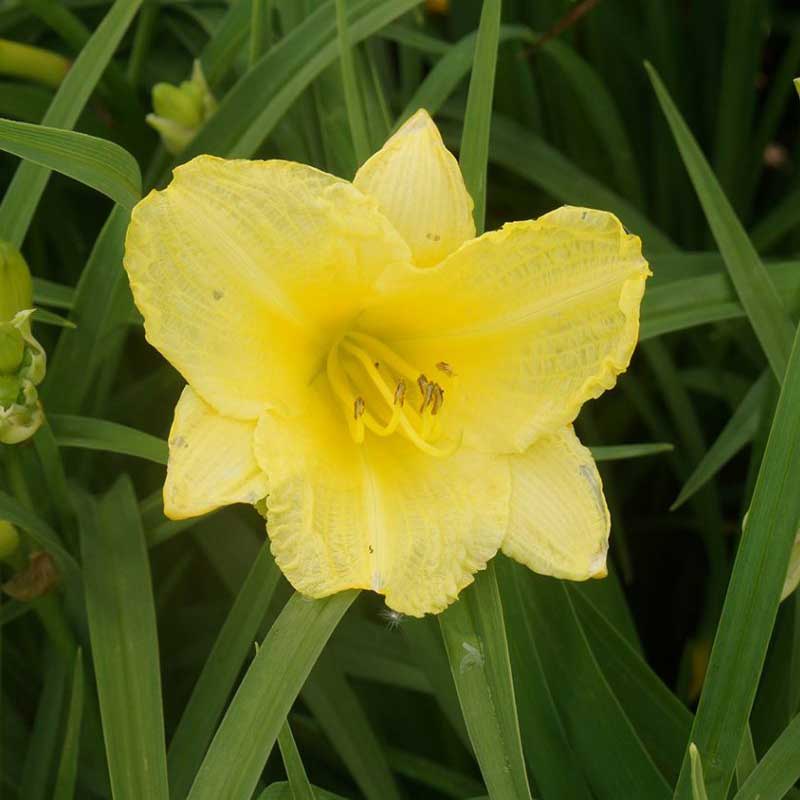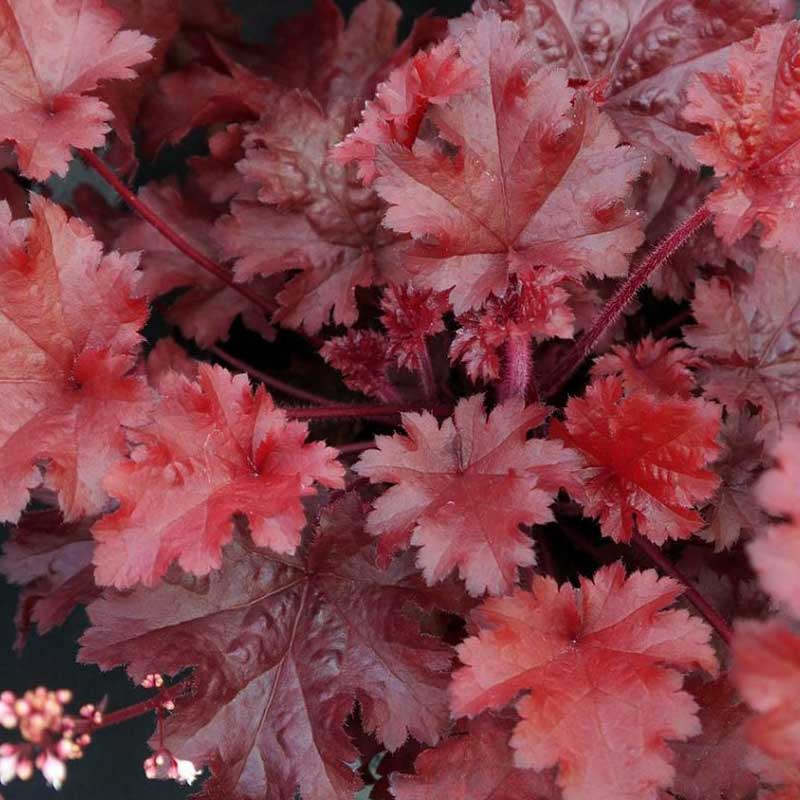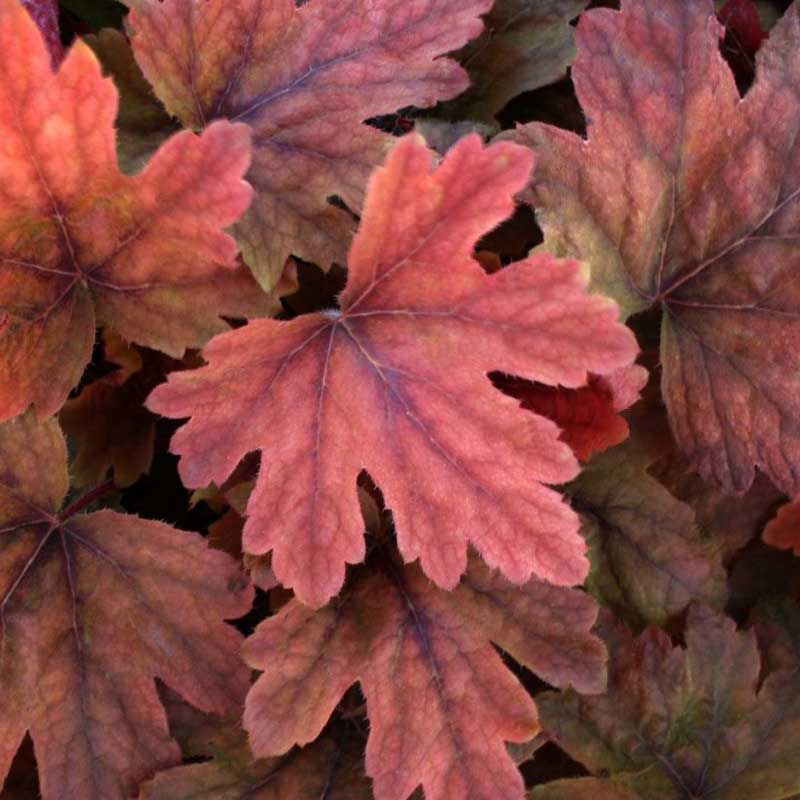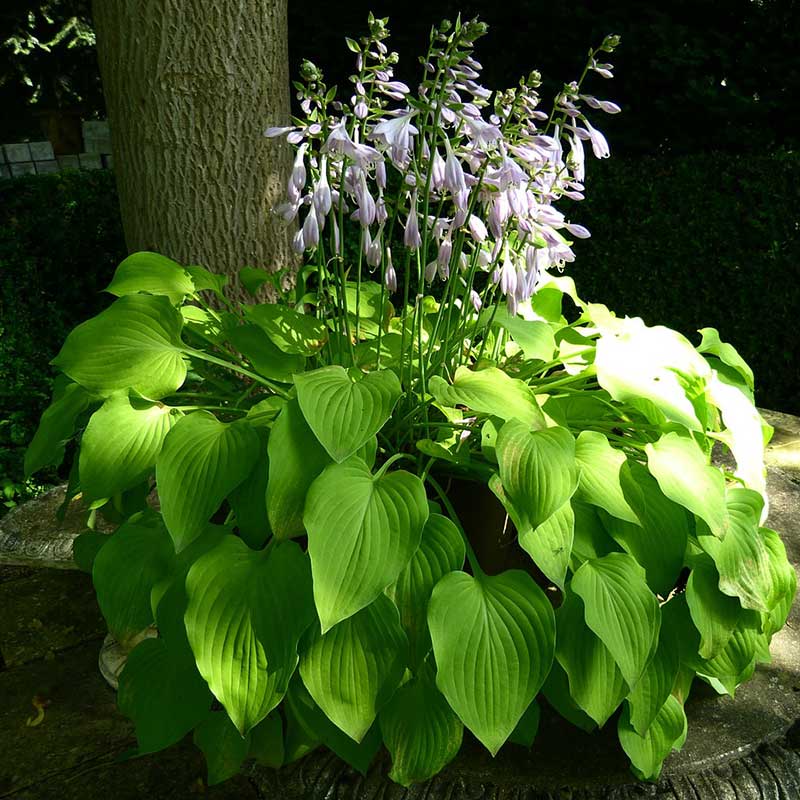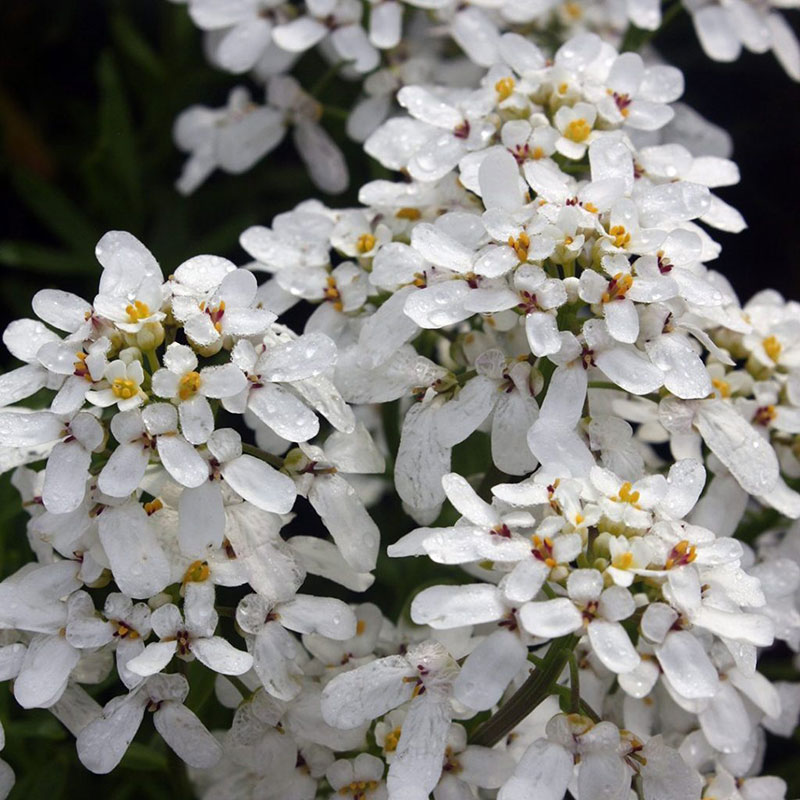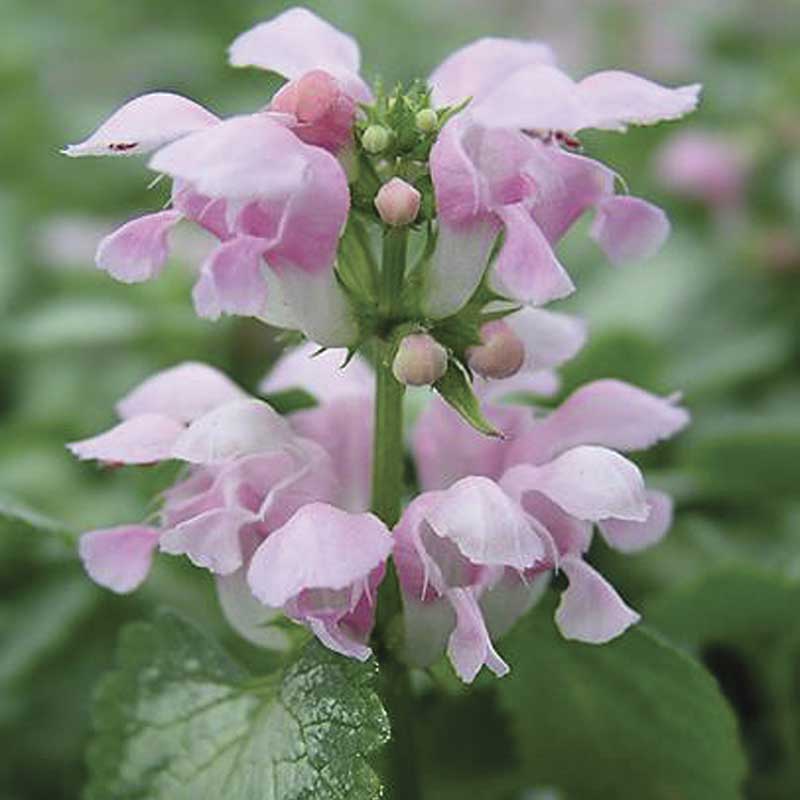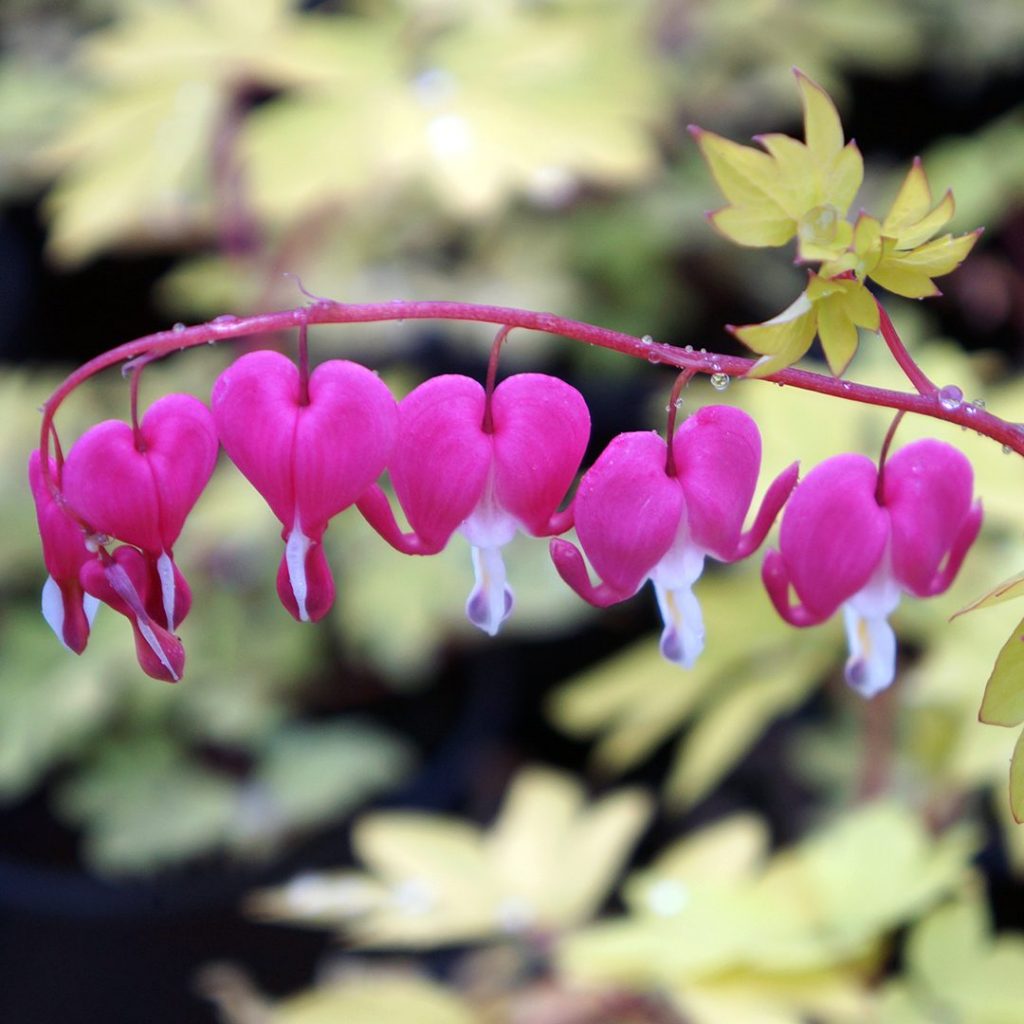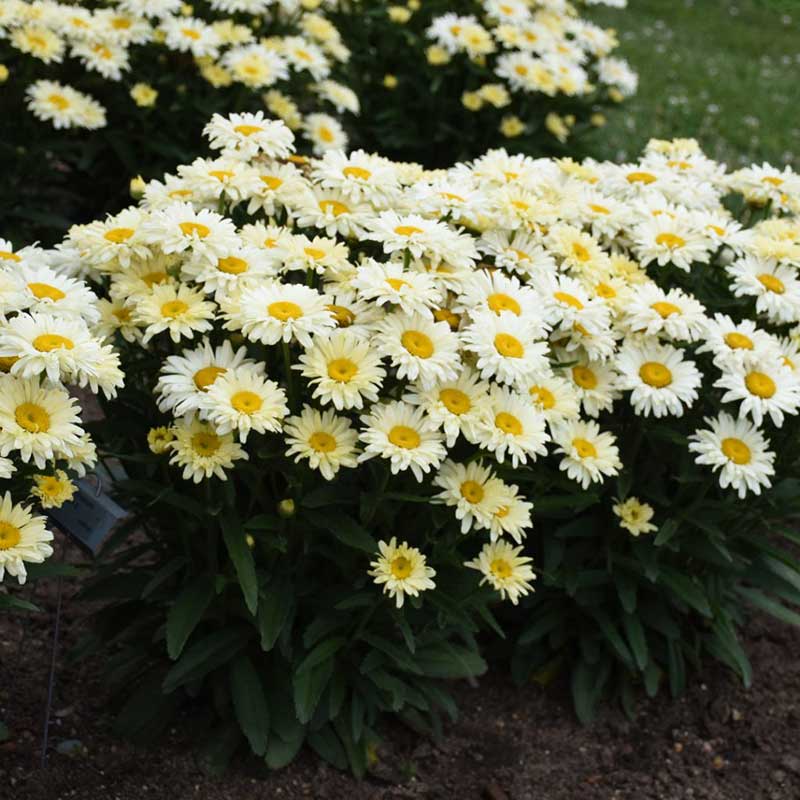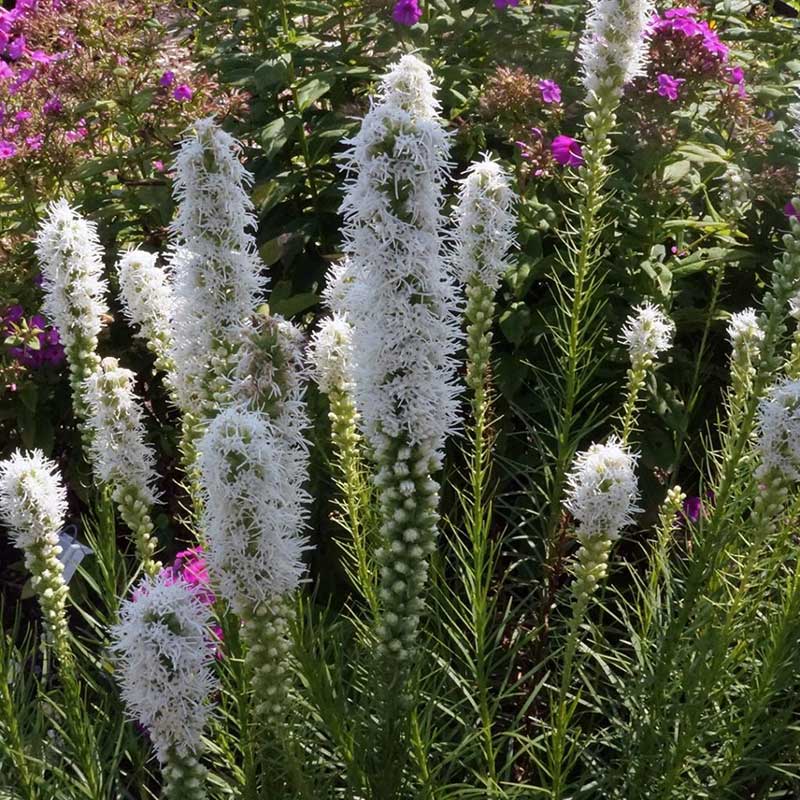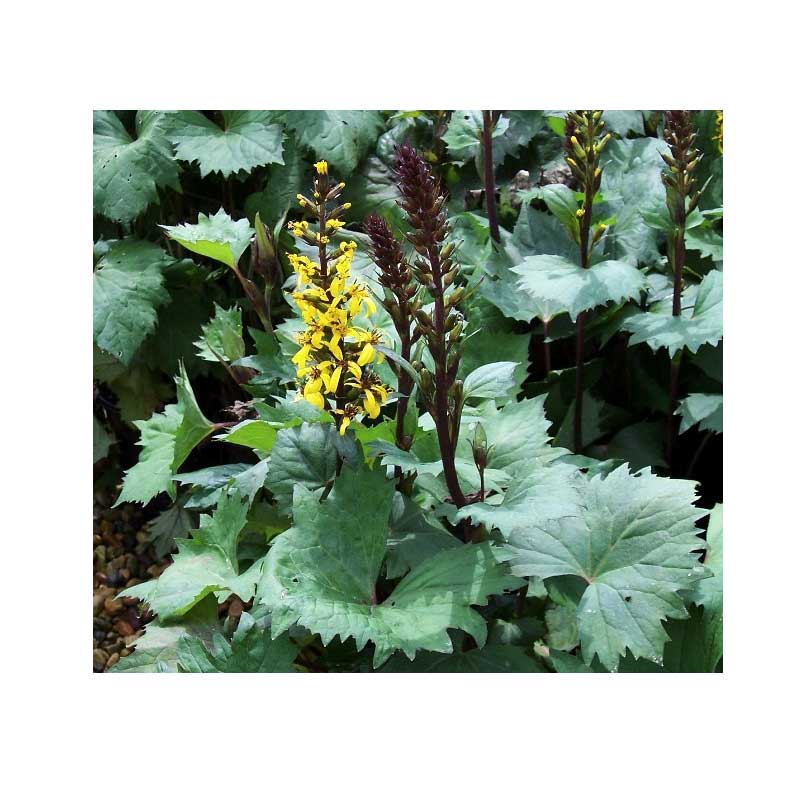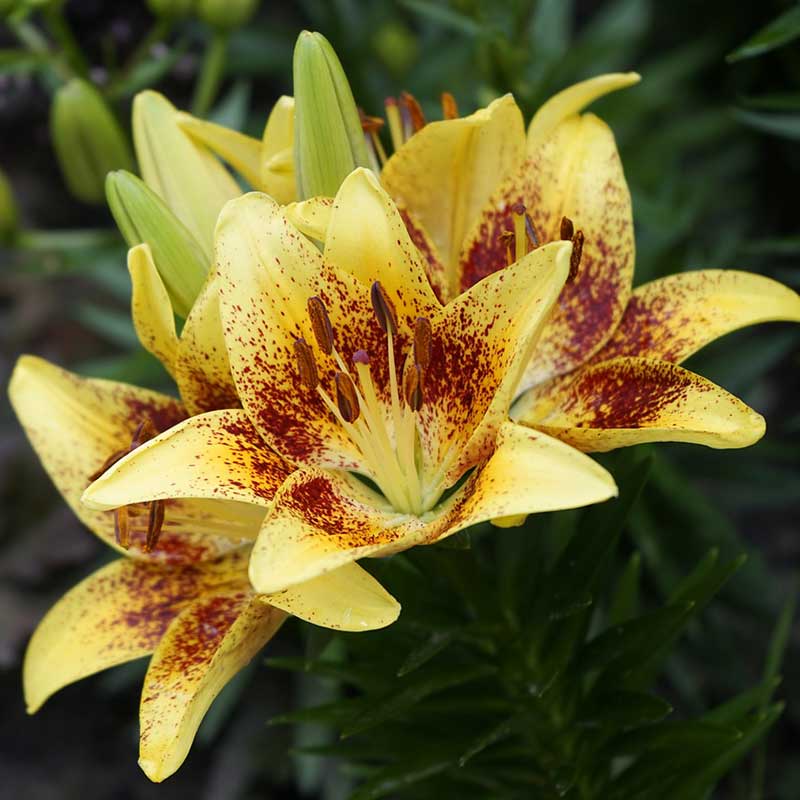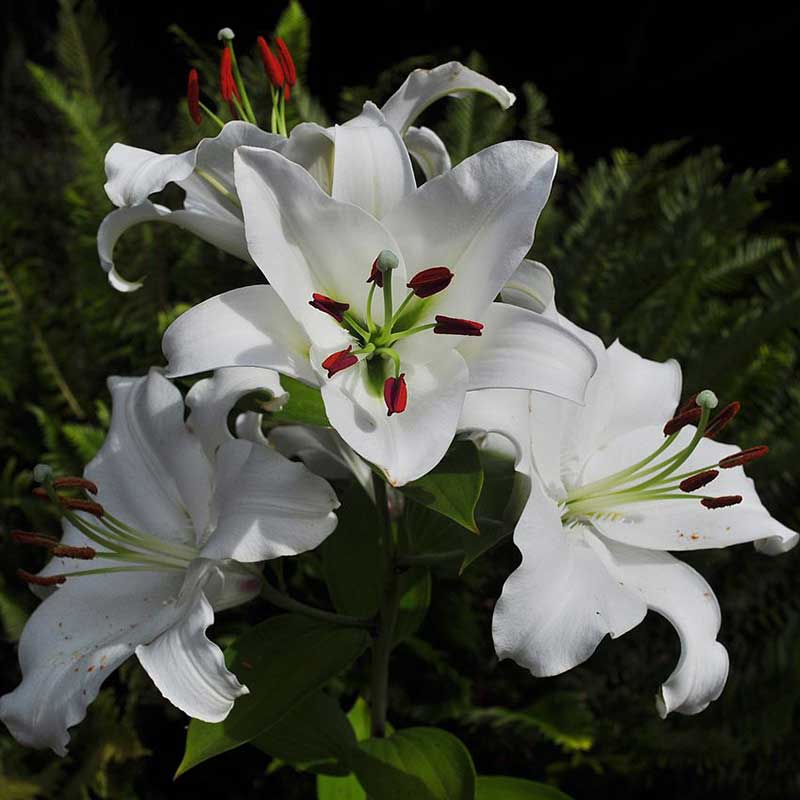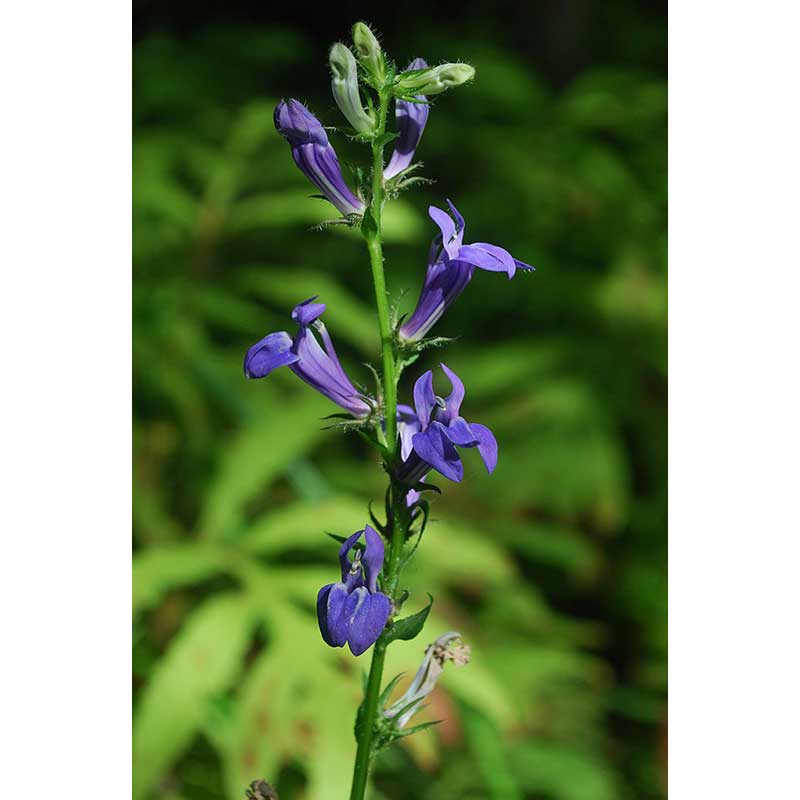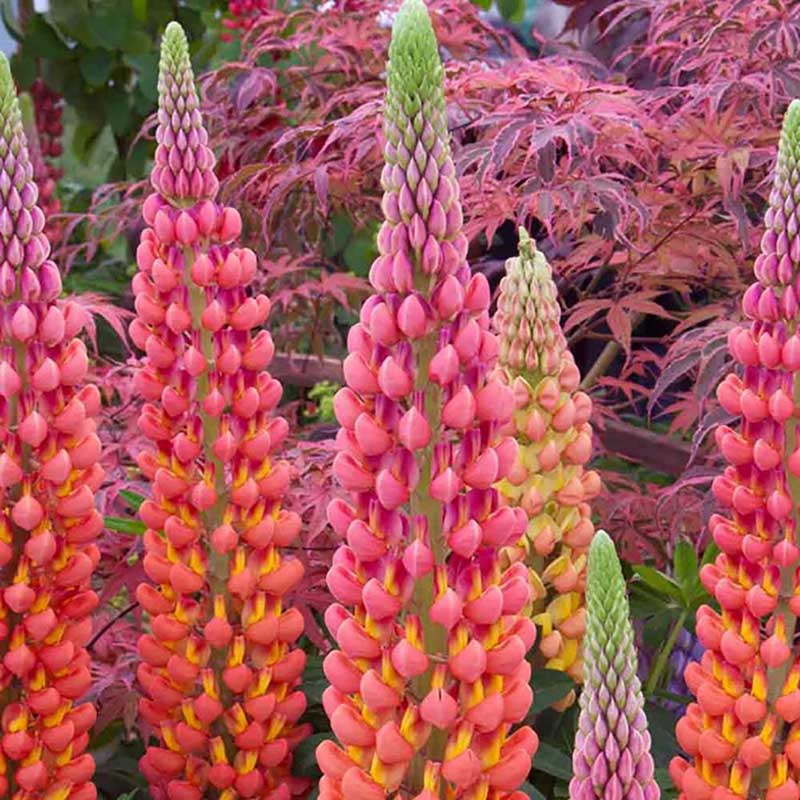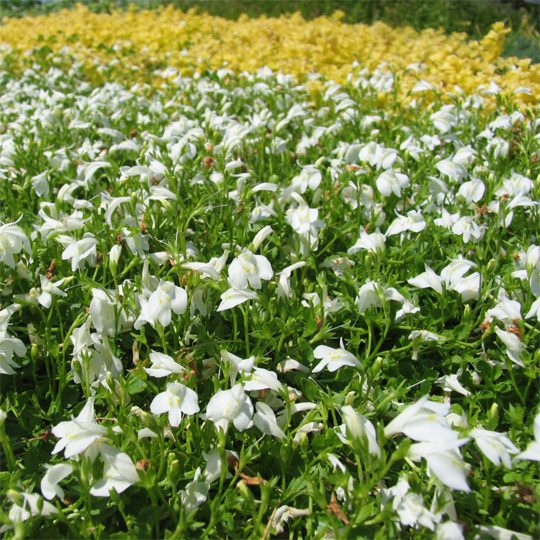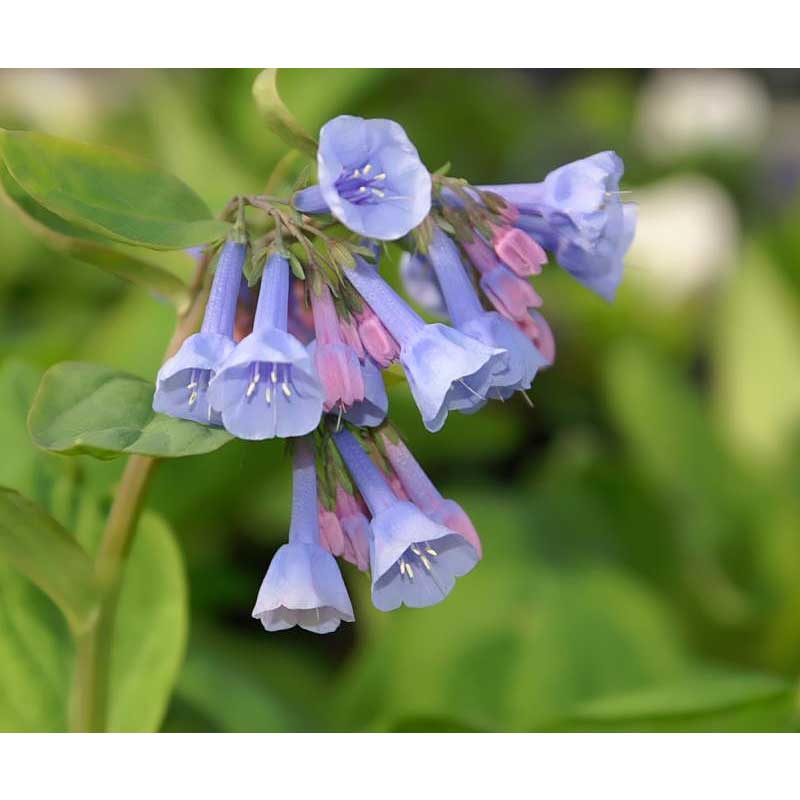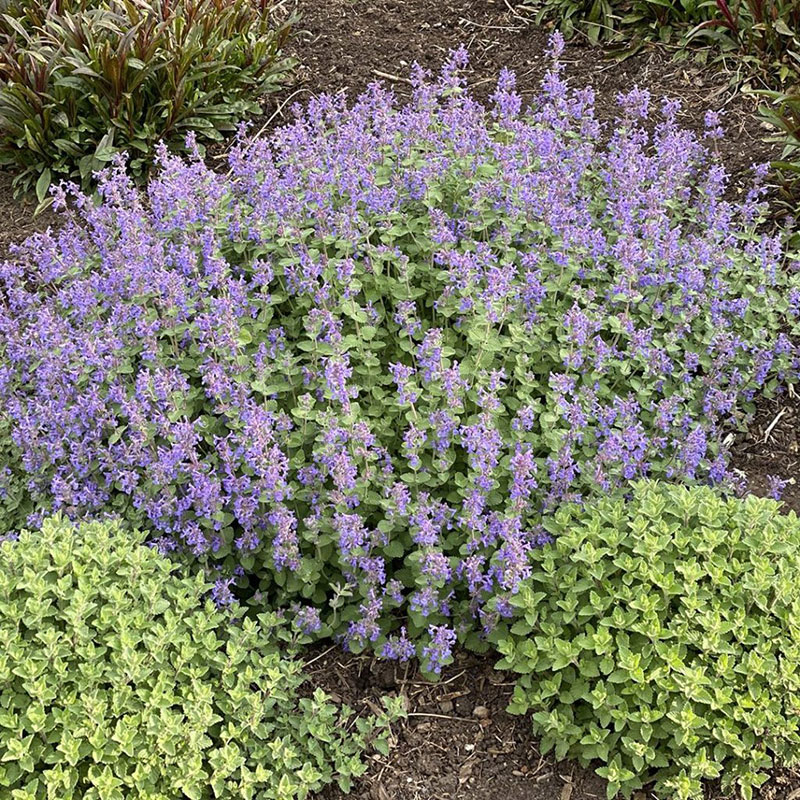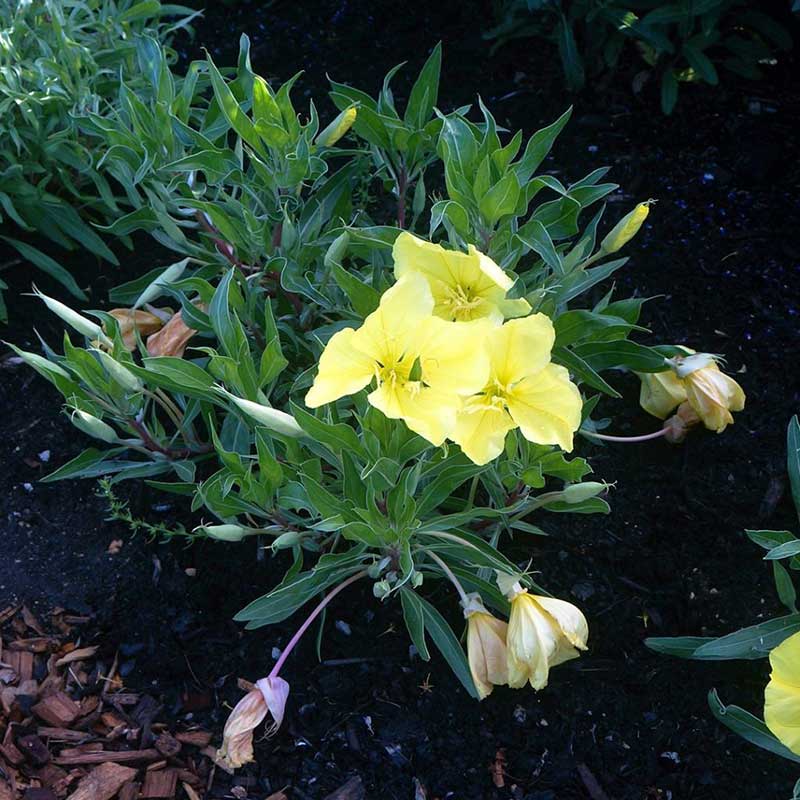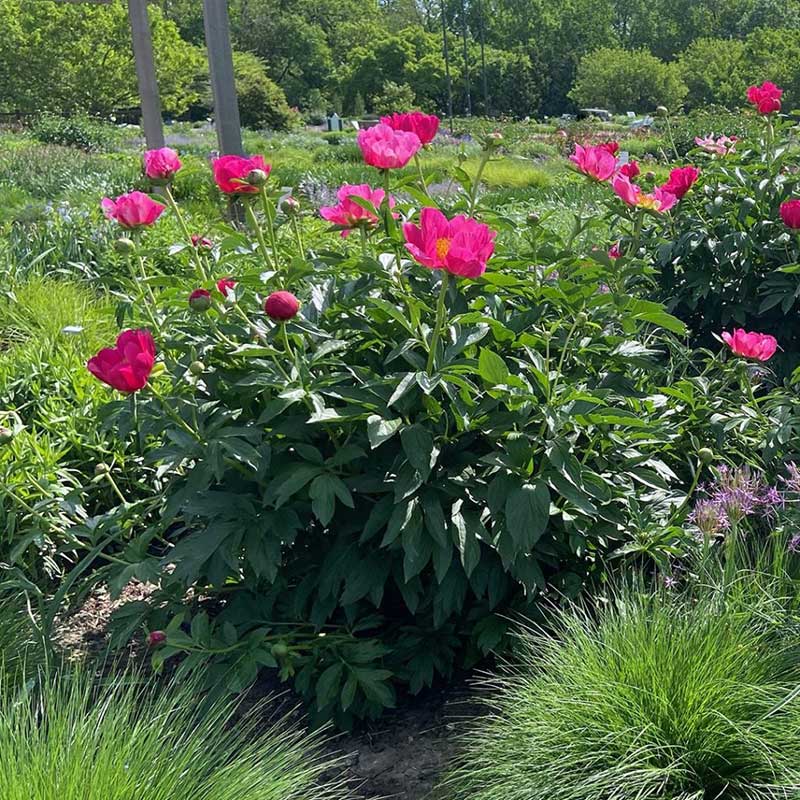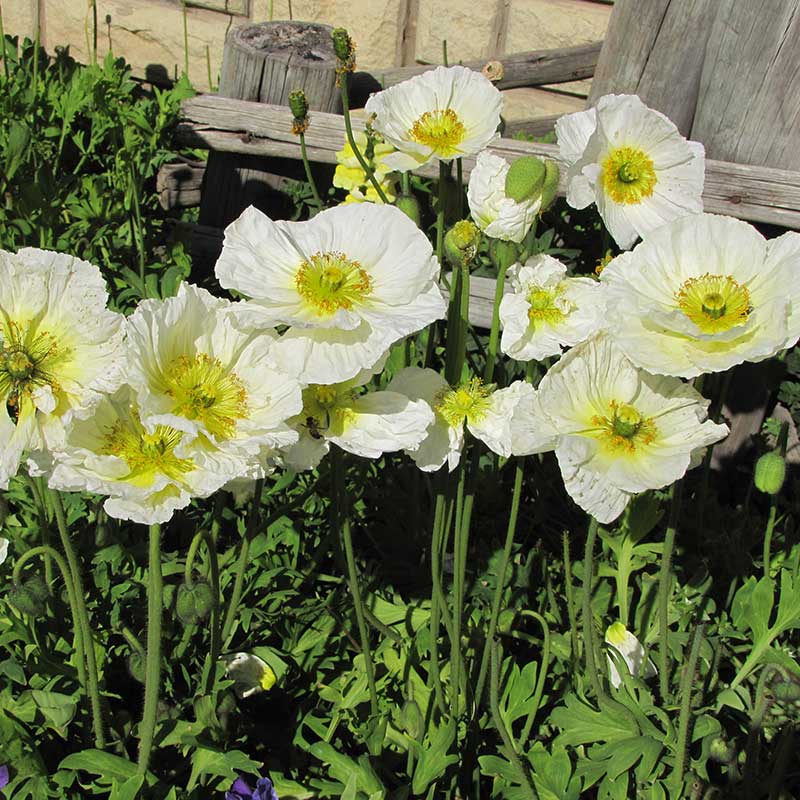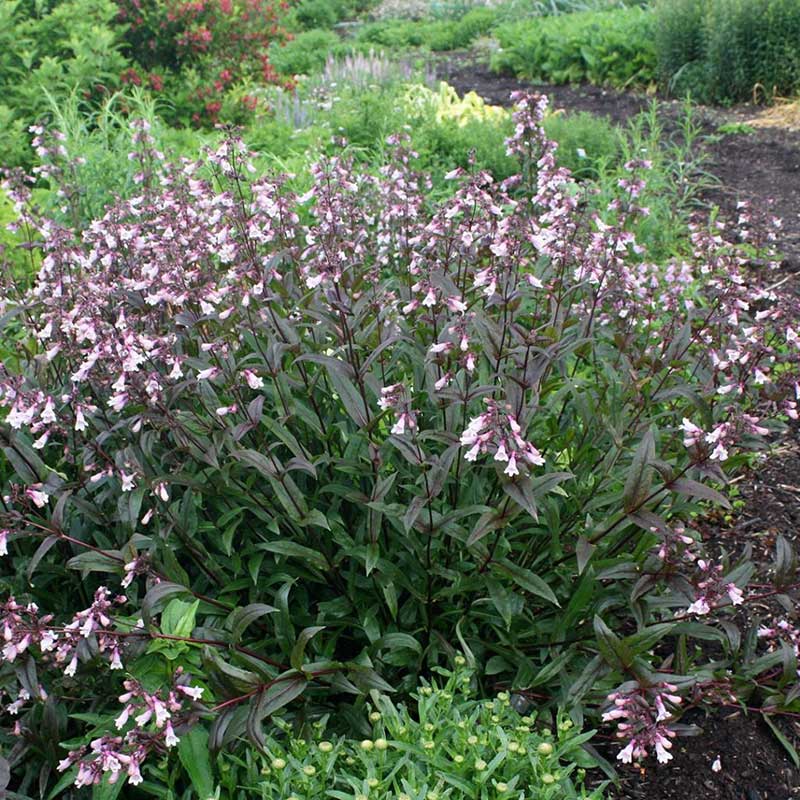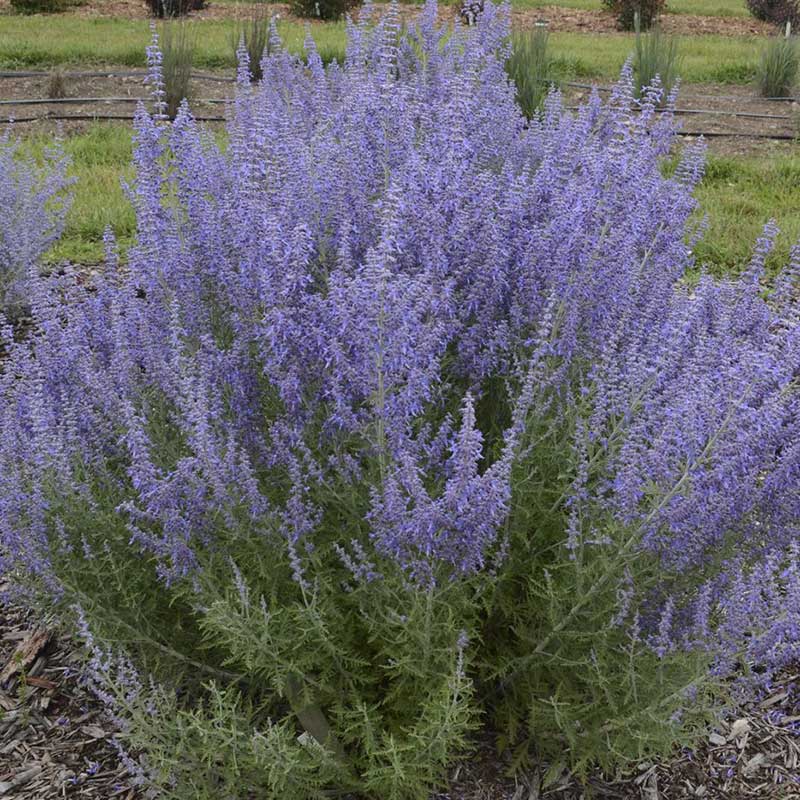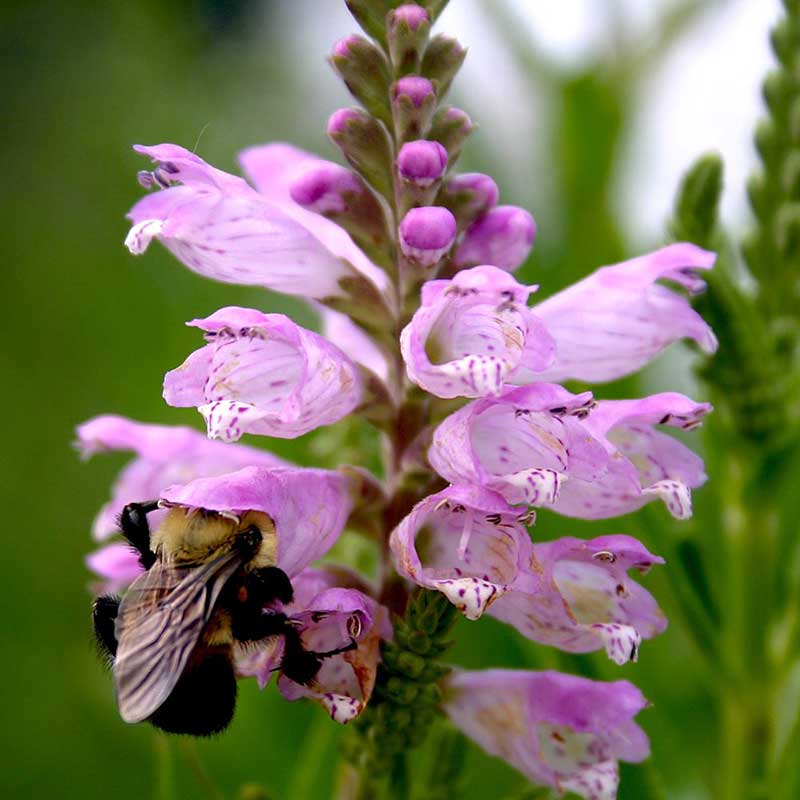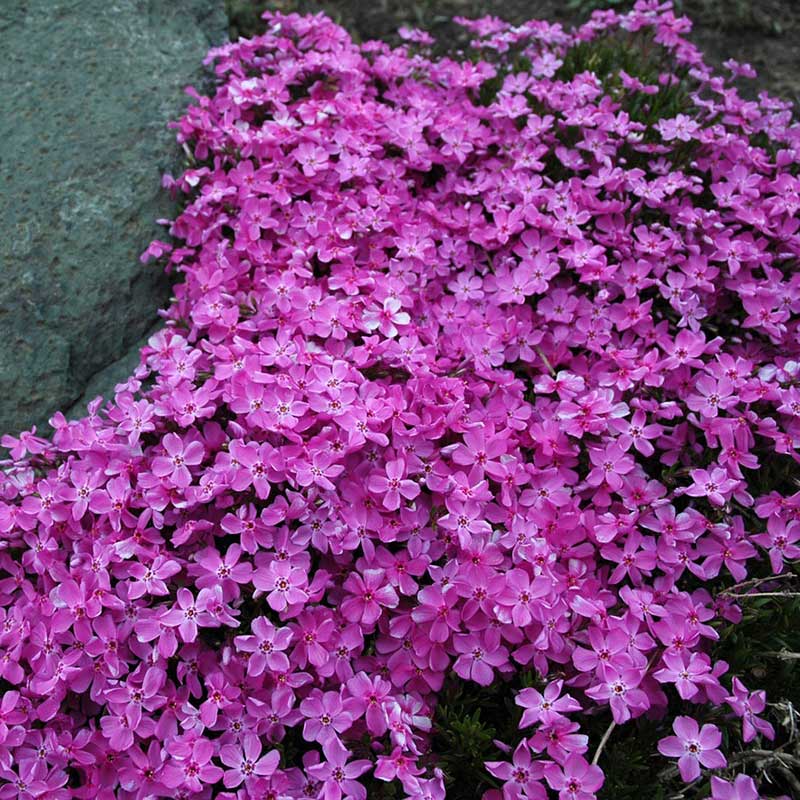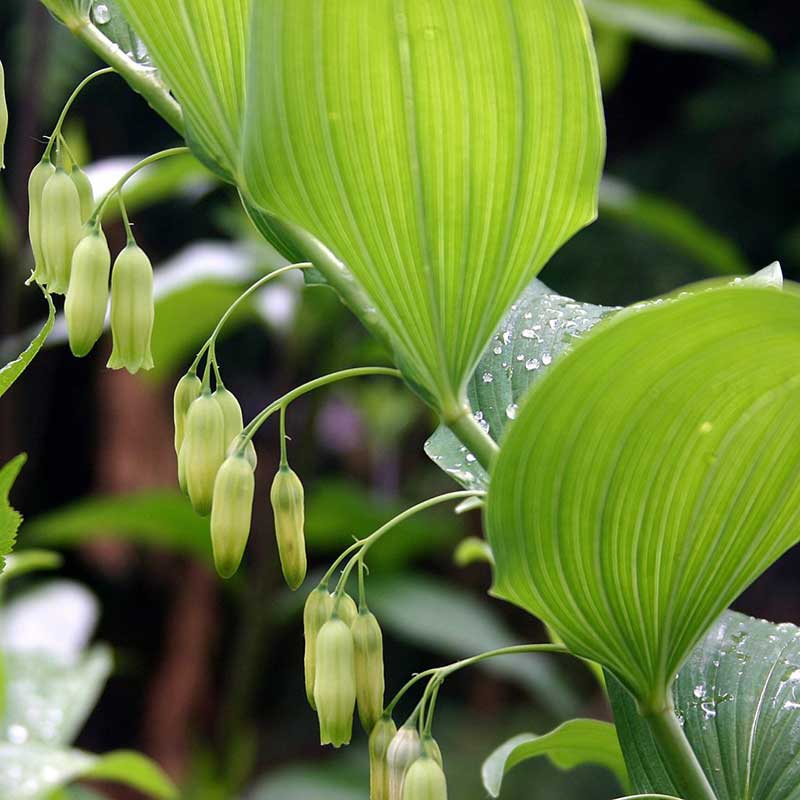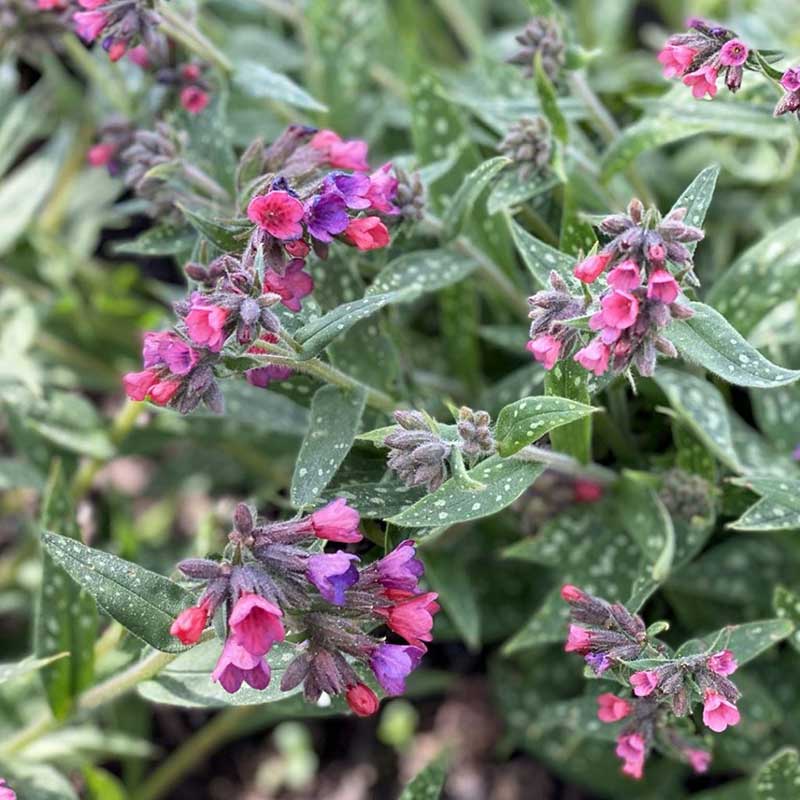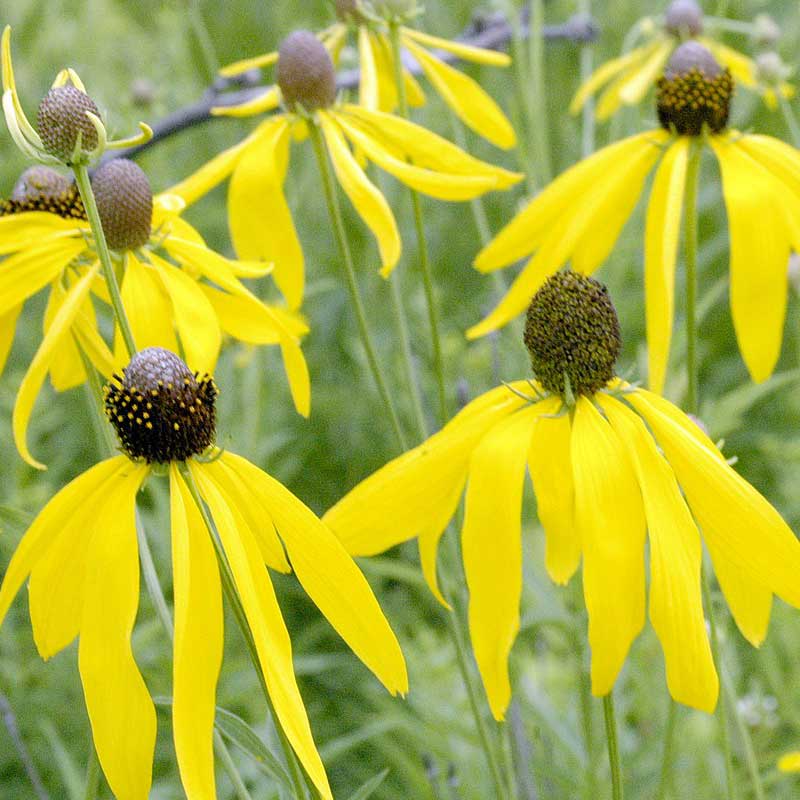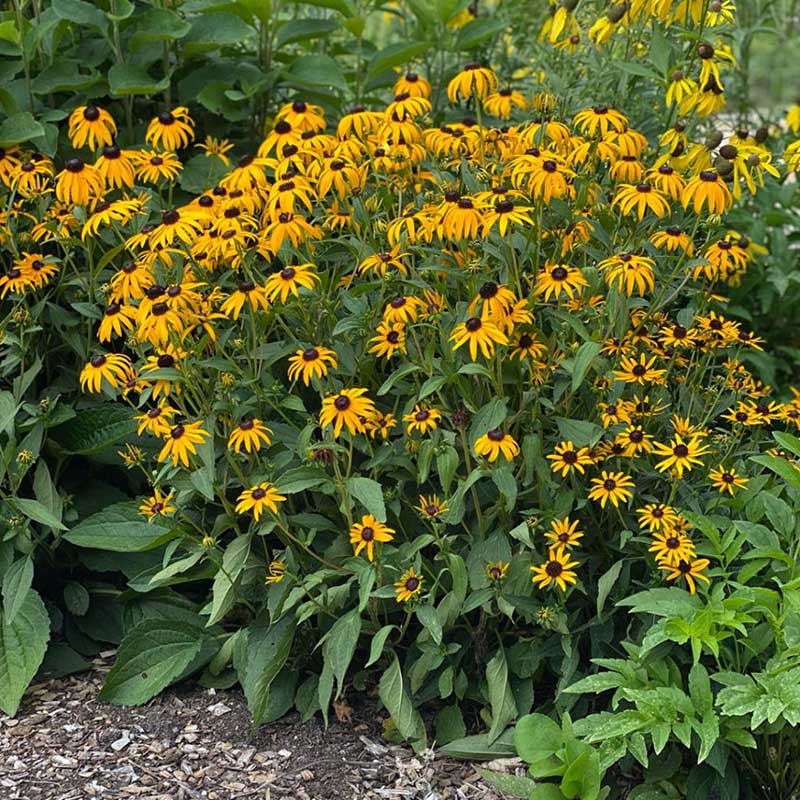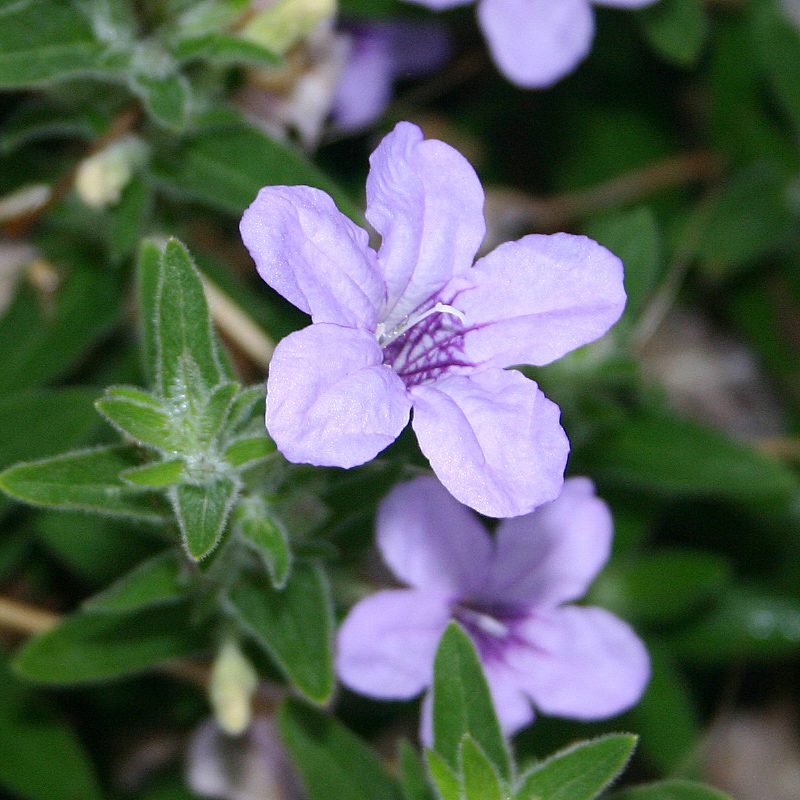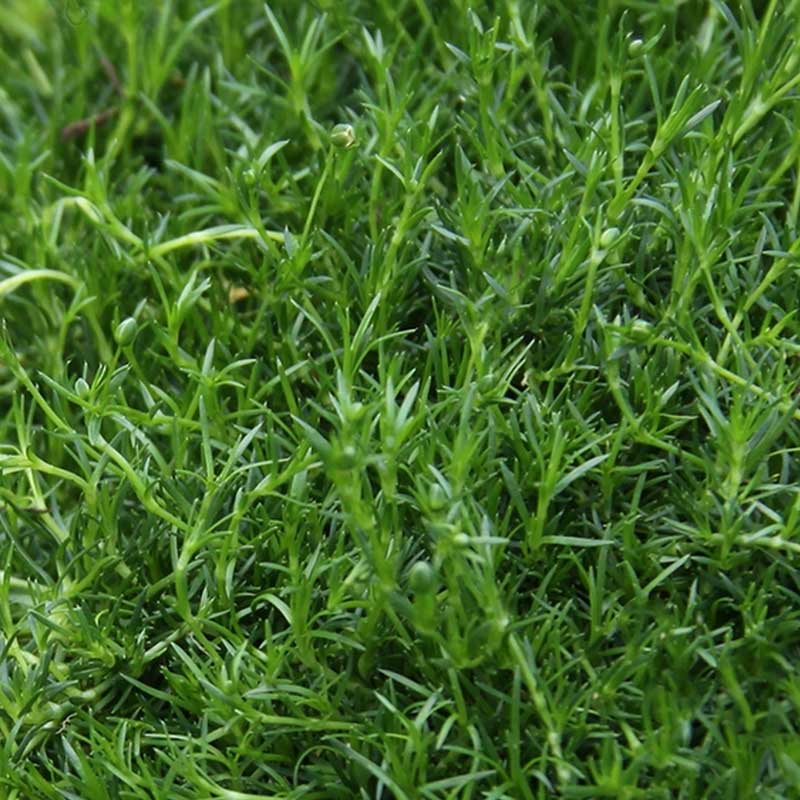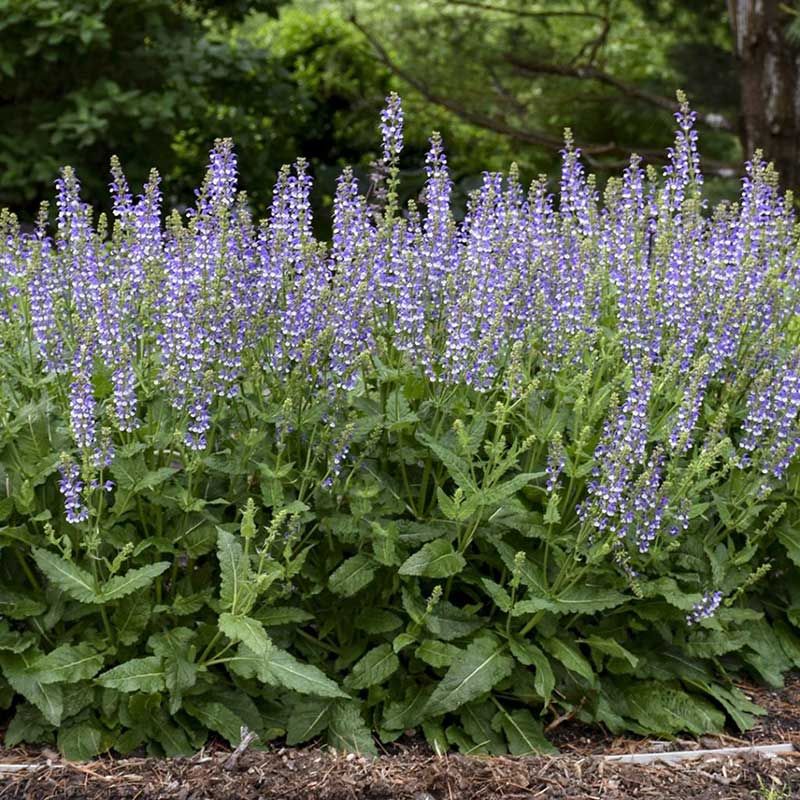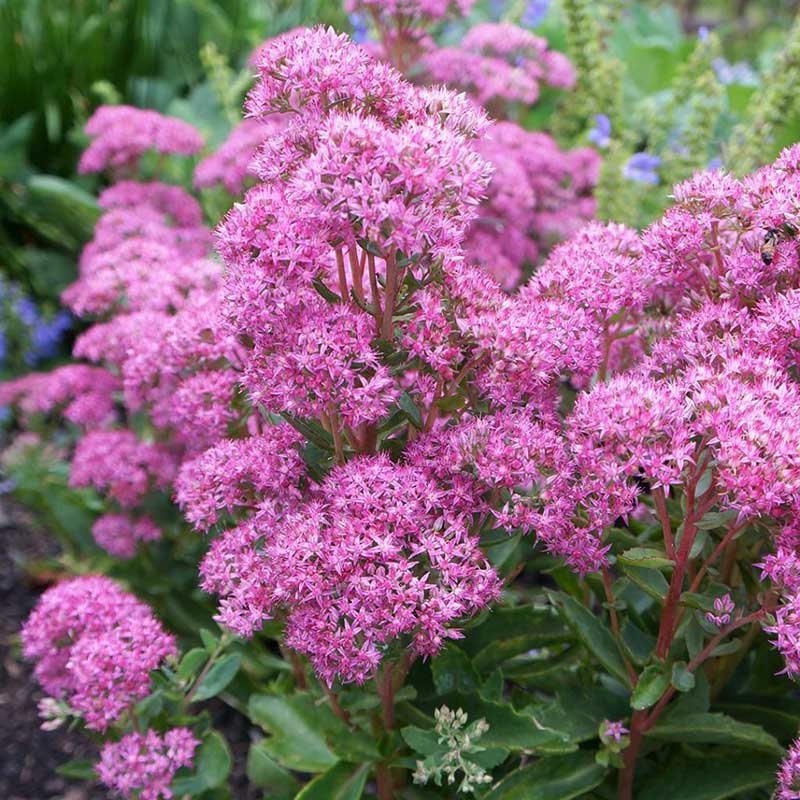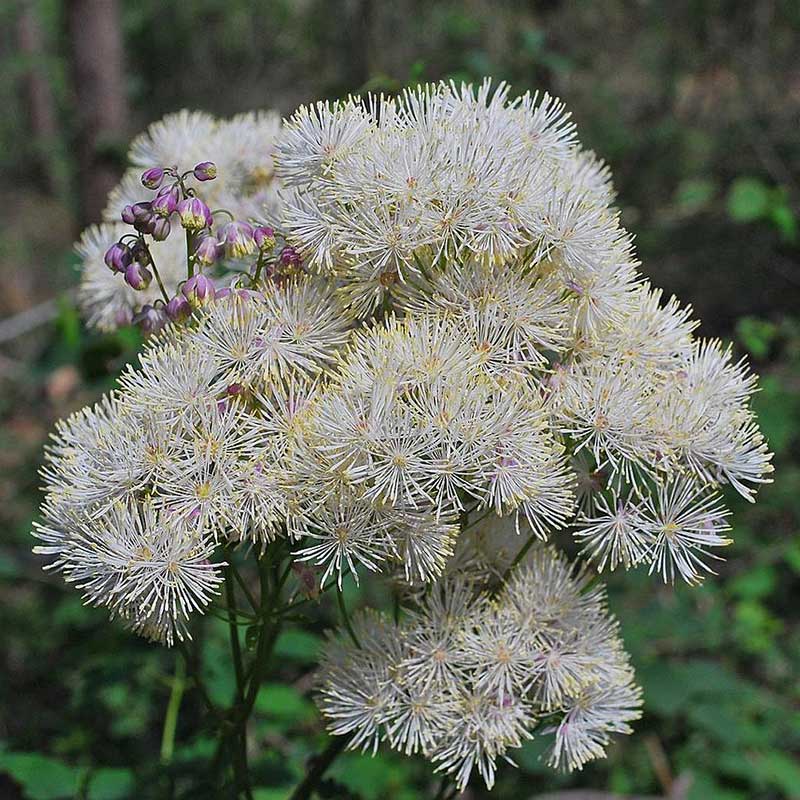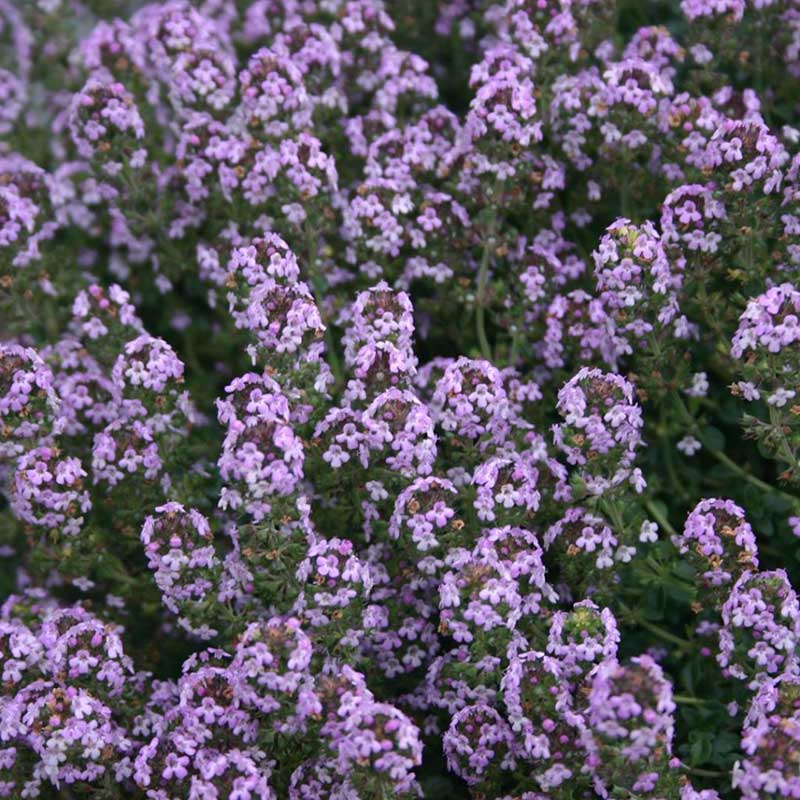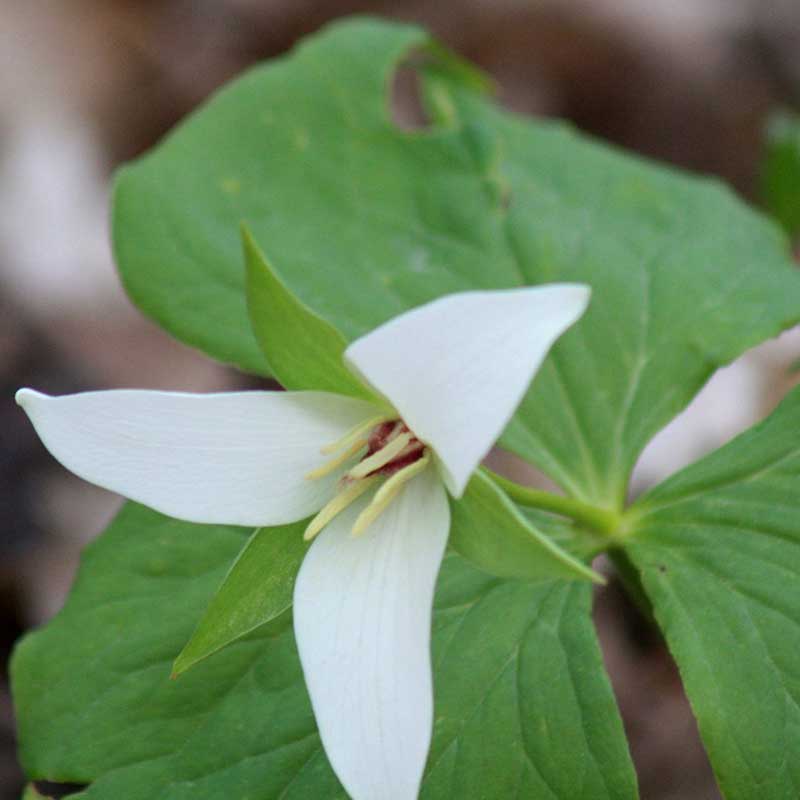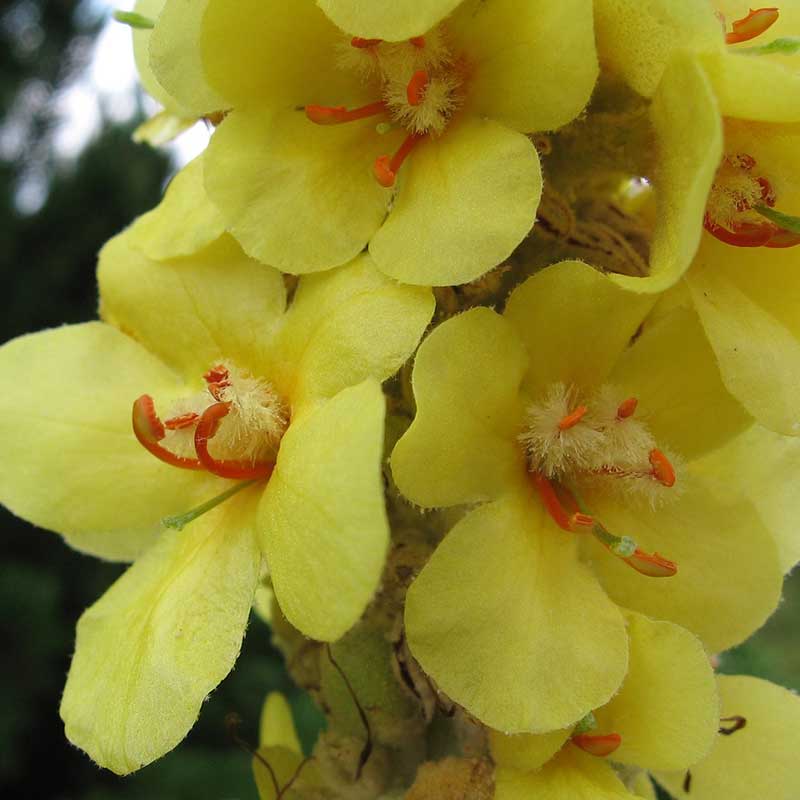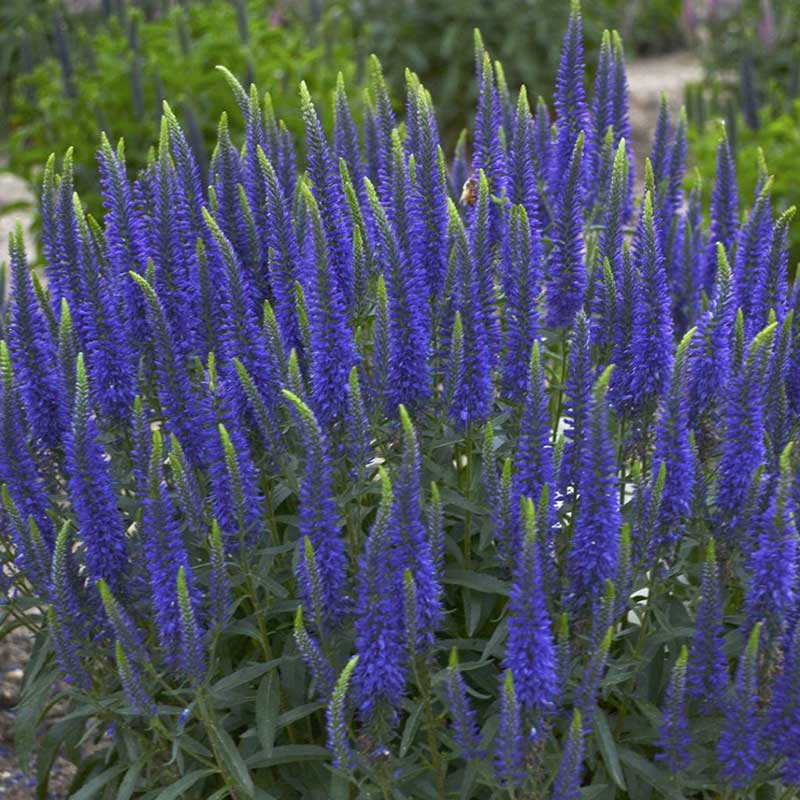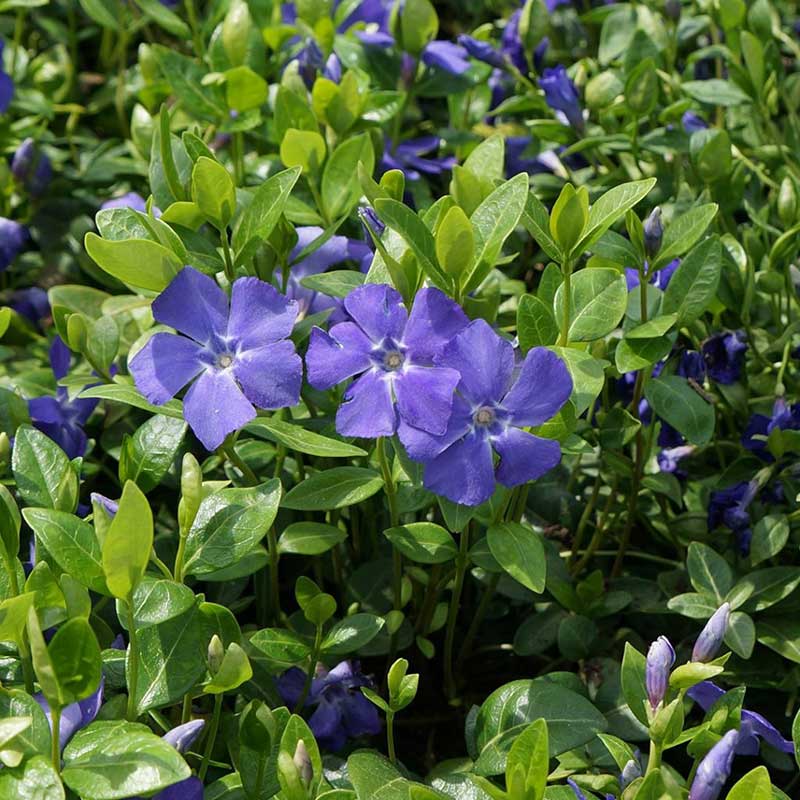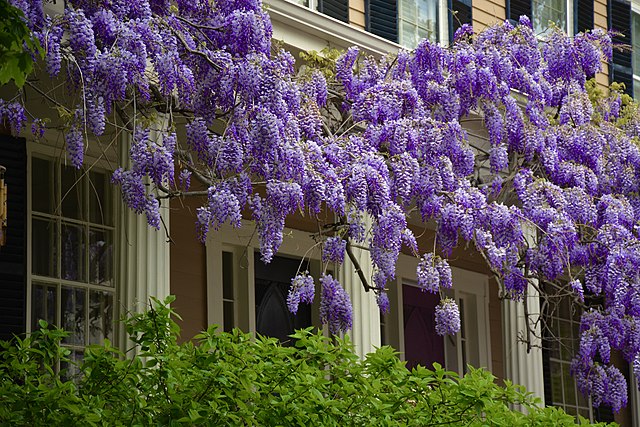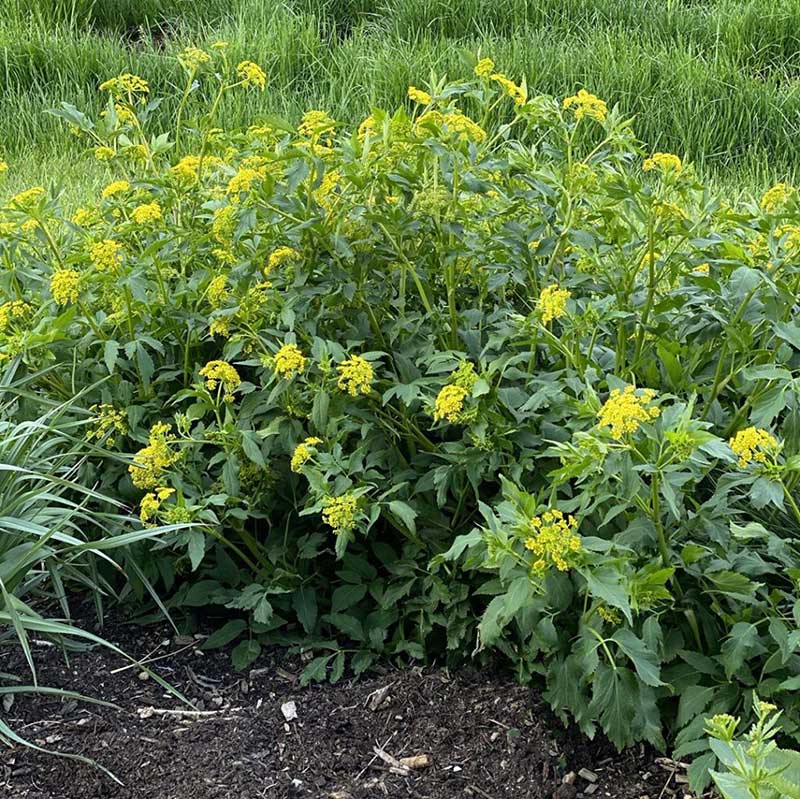perennials
Our perennials are sourced from top quality growers for Zone 5 gardens
Season opens from mid April – some perennials and varieties listed here might not be available when you visit the nursery.
Images on this page courtesy: Midwest Groundcovers
To easily navigate this page: click on a common name below for direct scrolling.
achillea
Yarrow
Known for their delicate feathery foliage, yarrow perennials can grow to 3 feet tall – and usually do need staking. They make excellent rock garden and edging plants. Deadhead and trim back after flowering to encourage new growth.
Height: 24″ – 36″
Width: 18″ – 24″
Watering and soil: Dry soil once established.
Exposure: Full sun is best.
Varieties: Moonshine, Violet, White.
Image: Achillea millefolium ‘Moonshine’
agastache
Hyssop – Hummingbird Mint
Upright growing perennials with distinctive spike blooms – flowering from summer through fall. They are drought tolerant and require little maintenance. They make excellent cut flowers.
They are ideal for mass plantings. Bees, butterflies and hummingbirds love them.
Height: 24″ – 36″
Width: 18″ – 24″
Watering and soil: Dry soil once established.
Exposure: Full sun is best.
Varieties: Black Adder, Little Adder, Rosie Posie, Peachie Keen.
ajuga
Bugleweed
Distinctive low growing perennials with beautiful scalloped purple hue leaves. Their purple flowers blend perfectly.
They are herbaceous plants that grow vigorously and flower in spring from April through May. They spread by stolons (underground runners) and might need to be controlled.
Height: 3″ – 6″
Width: 18″ – 24″
Watering and soil: Moist well drained soil.
Exposure: Full sun to part shade.
Varieties: Black Scallop, Burgundy Glow, Bronze Beauty.
Image: Black Scallop Bugleweed
allium
Ornamental Onion
Unmistakable spherical flowers on long stems – Allium is a close relative of vegetable onions but do not eat them. Their bulbs are planted in fall.
They typically bloom in spring though fall blooming varieties are available. They look spectacular planted en masse.
Height: 12″ – 18″
Width: 18″ – 24″
Watering and soil: Well drained dry soil tolerant.
Exposure: Full sun perennials.
Varieties: Cottonball, Globemaster, Summer Beauty.
Image: Allium ‘Summer Beauty’
amorpha canescens
Lead Plant
Lead plant is a tough rounded deciduous shrub native to North America. It blooms for about three weeks into early summer – pollinators are attracted to their 4-inch-long flower spikes. These perennials have very deep roots, often more than 15 feet, making them well adapted to drought conditions.
Height: 24″ – 36″
Width: 24″ – 36″
Watering and soil: Loam or sand. Dry.
Exposure: Full sun perennials.
Image: USFWS Mountain-Prairie, Public domain, via Wikimedia Commons
amsonia
Blue Star
These perennials are native to North America and were given the common name ‘blue star’ because of their star shaped flowers.
They are compact flowers blooming May through July. Foliage turns yellow in fall.
Height: 24″ – 36″
Width: 36″ – 48″
Watering and soil: Moist well drained soil.
Exposure: Full sun perennials.
Varieties: Tabernaemontana
Image: Amsonia tabernaemontana ‘Storm Cloud’
anemone
Windflower
Anemone have a rounded compact growing habit which makes them perfect for mass plantings. Delicate daisy like blooms flower profusely from July through September.
They are also excellent cut flowers. They need to be pruned occasionally.
Height: 24″ – 36″
Width: 24″ – 36″
Watering and soil: Moist well drained soil.
Exposure: Full sun to light shade.
Varieties: September Charm, Whirlwind.
Image: Anemone x hybrida ‘September Charm’
aquilegia
Columbine
Columbines are a favorite spring flower, their blooms are easily recognizable. Hummingbirds and bees love their bell-shaped flowers. They are short lived perennials and bloom for about four weeks.
They fill the gap between early spring bulbs and peak season flowers.
Height: 12″ – 18″
Width: 18″ – 24″
Watering and soil: Moist well drained soil.
Exposure: Full morning sun to partial shade.
Varieties: Little Lantern, Winky.
Image: Aquilegia canadensis ‘Little Lanterns’
arenaria verna
Scotch Moss
Height: 1″ – 2″
Width: 8″ – 10″
Watering and soil: Moist well drained soil.
Exposure: Full morning sun to partial shade.
Image: Scotch Moss
asclepias
Milkweed – Butterfly Weed
Asclepias perennials are perfect for sandy, poor soil and hot sun exposure. Their orange flowers are prized by butterflies and hummingbirds. Also called Butterfly Milkweed.
Height: 24″ – 36″
Width: 18″ – 24″
Watering and soil: Dry infertile soil.
Exposure: Full sun perennials.
Varieties: Asclepia tuberosa, Cinderella, Common, Ice Ballet, Swamp.
Image: Asclepia tuberosa
aster
Aster have daisy like flowers making them ideal for cut flower arrangements too. They don’t require much maintenance and should last many years as a fine textured perennial.
They flower from July through September.
Height: 8″ – 16″
Width: 12″ – 24″
Watering and soil: Moist well drained soil.
Exposure: Full sun to light shade.
Varieties: Woods Pink, Woods Purple.
Image: Aster, Double Fall blue
astilbe
False Spirea
Astilbe perennials are great for shady, dappled sunlight spots. They can take full sun but will require a lot more water to prevent leaf burn. Phosphorous promotes flowering.
Flowers July through August.
Height: 12″ – 18″
Width: 12″ – 18″
Watering and soil: Moist well drained soil.
Exposure: Light shade, dappled sun.
Varieties: Chocolate Shogun, Maggie Daley, Peach Blossom, Red Sentinel, Rise and Shine, Vision in Pink, Vision in White.
Image: Astilbe chinensis ‘Vision in Pink’
baptisia
False Indigo
An upright growing habit with proliferous small flowers on bloom spikes. Requires little maintenance in drier soil after the first year when the plant is established.
Flowers May through July.
Height: 24″ – 36″
Width: 24″ – 36″
Watering and soil: Moist well drained soil until established.
Exposure: Full sun is best.
Varieties: Pixie, Sunny Morning (yellow flowers).
Image: Baptisia ‘Blueberry Sundae’
bergenia
Pigsqueak
These perenials have distinct flesh-like leaves and panicles of flowers that bloom in April making them ideal for early spring color. The common name is derived from the sound the leaves make by rubbing them between thumb and finger.
Flowers April.
Height: 12″ – 18″
Width: 18″ – 24″
Watering and soil: Moist well drained soil.
Exposure: Shade to semi shade.
Varieties: Winter Glut.
Image: Bergenia ‘Winter Glow’
brunnera
Siberian Bugloss
These perennials have distinctive heart shaped leaves – some are variegated adding extra interest. They perform very well in our area and are easy to grow, trouble free plants. Delicate blue flowers.
Flowers April, May.
Height: 12″ – 18″
Width: 12″ – 18″
Watering and soil: Moist well drained soil.
Exposure: Shade to semi shade.
Varieties: Daine’s Gold, Jack of Diamond, Looking Glass, Variegated.
Image: Brunnera macrophylla ‘Jack Frost’
buddleia
Butterfly Bush
These perennials with their large bright flowers are sure to attract butterflies and pollinators – hence their common name. They are dry tolerant once established.
Flowers July through October.
Height: 18″ – 24″
Width: 18″ – 24″
Watering and soil: Moist well drained soil.
Exposure: Sun.
Varieties: Buzz Purple, Pug Amethyst
Image: Pugster Amethyst
campanula
Harebell – Bellflowers
These perennials have striking leaves with an abundance of cup shaped flowers. They aren’t fussy plants and do best in a sunny position. Their low growing habit makes them ideal for borders.
Flowers May through September.
Height: 8″ – 12″
Width: 12″ – 18″
Watering and soil: Moist well drained soil.
Exposure: Sun to part shade.
Varieties: Blue Clips, Genti Twist, Pearl Deep Blu, Pearl White
Image: ‘Pearl Deep Blue’
campsis radicans
Trumpet Vine
Trumpet vine as the name suggests is a North American native with very attractive flowers. Hummingbirds and other pollinators love them. They are fast growers and spread rapidly. They do need to be controlled as new shoots can pop up well away from the mother plant and choke out other plants. If you need to cover walls, arbors, trellises and fences they’re well worth the effort.
Flowers in summer.
Height: 25′ – 40′
Width: 5′ – 10′
Watering and soil: Average. Well drained soil.
Exposure: Sun to part shade.
Varieties: Trumpet Vine Red.
coreopsis
Tickseed
Coreopsis is a long blooming, low maintenance North American species. There are many varieties of this drought tolerant plant. They grow in clumps featuring clusters of bright daisy like flowers. Birds love their seeds which look like ticks, hence their common name tickseed.
They’re easy to grow and don’t require much care other than sun and well-drained soil. Deadheading spent blooms can prolong flowering.
Flowers June through September.
Height:12′ – 18′
Width: 18′ – 24′
Watering and soil: Moist well drained soil.
Exposure: Sun. Remember to keep their roots cool.
Varieties: Bengal Tiger, Ice Wine, Jethro Tull, Prairie, Red Satin, Sand, Starlight, Sunray
Image: ‘Jethro Tull’
clematis
Clematis perennials have unmistakable flowers. These beautiful vines are instantly recognizable. It is important to note they require a cool root system yet sunny position for flowering. Clematis is best pruned after their first flowering. Feed them with a balanced fertilizer like 10-10-10.
Flowers June through September.
Height: 8′ – 12′
Width: 4′ – 6′
Watering and soil: Moist well drained soil.
Exposure: Sun. Remember to keep their roots cool.
Varieties: Bees Jubilee, Crystal Fountain, Diamond Ball, Virginiana
Image: ‘Jackmanii’
delphinium
Larkspur
Delphiniums are herbaceous perennials. Tightly packed flowers, born on long stems, are unmistakable in the garden. They bloom in summer and fall. Long stemmed delphiniums will require staking to prevent falling and breaking. It is useful to plant them next to a fence and wall where they get some wind protection.
Flowers July through September.
Height: 8′ – 12′
Width: 8′ – 12′
Watering and soil: Moist well drained soil.
Exposure: Sun perennials.
Varieties: Belladonna, Bellamosum, Black Night, Magic Mix, Summer Cloud.
Image: ‘Summer Cloud’
dianthus
Dianthus
Dianthus perennials should not be confused with their annual counterparts. The perennials have grass like leaves, which are attractive even when they are not in bloom. When they do start to bloom from June through August, their masses of carnation flowers are truly spectacular. Use mass plantings to really create a statement.
Height: 8′ – 12′
Width: 12′ – 18′
Watering and soil: Moist well drained soil.
Exposure: Sun perennials.
Varieties: Bath’s Pink, Double Bubble, Firewitch, Goody Gumdrop, Kahori, Neon Star, Tiny Rubies.
Image: ‘Classic Coral’
Dodecatheon meadia
Shooting Star
Shooting star are native perennials and a member of the Primula family. The flowers are borne on 20-inch stalks above clumps of lance shaped leaves. These perennials are spring ephemerals – in summer the plants go dormant and die back. They will reappear the following spring.
Height: 9″ – 20″
Width: 9″ – 12″
Watering and soil: Moist well drained soil.
Exposure: Partial sun or dappled shade under deciduous tree canopies work best.
echinacea
Coneflower
Nothing beats the value and flower power in mid to late summer of coneflower perennials. They are beautiful prairie plants. They perform season after season – pollinators think so too! The colorful petals lure insects towards the fertile flowers that lie in the center of the cone.
Flowers June through September.
Height: 24′ – 36′
Width: 12′ – 18′
Watering and soil: Moist well drained soil.
Exposure: Sun. Can take dappled shade.
Varieties: Orange, Cheyenne Spirit, Lemon Yellow, Magnus, Tres Amigos, Pallida, Pixie, PowWow, Poco Hot, Prairie Splendor, Purple, Rainbow, Rubinstern, Sundown, Delicious Candy.
Image: ‘PowWow White’
epimedium
Red Barrenwort
Flowers May.
Height: 8″ – 12″
Width: 18″ – 24″
Watering and soil: Average to moist well drained soil until established.
Exposure: Full sun is best.
Varieties: Barrenwort Red.
Image: Agnieszka Kwiecień, Nova, CC BY-SA 4.0, via Wikimedia Commons Red Barrenwort
eutrochium
Joe Pye Weed
Joe Pye weed are late blooming native herbaceous perennials. Butterflies love them! They grow fast and can reach up to 7 feet in the season. These rewarding perennials are easy to grow. Due to their notable size and fragrant blooms, they have become a favorite for many gardeners.
Tall stems might need staking.
Flowers in summer.
Height: 5′ – 7′
Width: 2′ – 4′
Watering and soil: Rich, moist well drained soil. Keep the soil evenly moist but not soggy.
Exposure: Full sun is best.
Varieties: Chocolate, Phantom, Summer Snow, Baby Joe
ferns
(Various)
Ferns make excellent fillers for shady and partially shaded spots in the garden. The attractive foliage blends well when planted under shade trees and as shady undergrowth. These perennials do need some light and a little bit of sun to perform at their best.
Height: 12″ – 36″
Width: 12″ – 36″
Watering and soil: Average to moist well drained soil.
Exposure: Shade to partial shade.
Varieties: Christmas, Cinnamon, Dre’s Dagger, Fern Ghost, Japanese Painted, Leatherwood, Royal.
Image: Japanese Painted Fern
gaillardia
Blanket Flower
Blanket flower with their vivid daisy like flowers are short lived perennials. They spread and blanket an area hence their common name. If you want showy blossoms of yellow and red in your full sun, beds or pots, this is a good choice.
They like dry soil conditions and their bloom period from July through October are well suited to our hot summer months.
Height: 8″ – 12″
Width: 12″ – 18″
Watering and soil: Moist to establish, then dry poor quality soil.
Exposure: Full sun.
Varieties: Arizona Apricot, Arizona Red, Arizona Sun, Mesa Bright, Mesa Red.
Image: ‘Arizona Red Shades’
gaura lindheimeri
Bee Blossom – Wandflower
Gaura are low maintenance perennials that have a long bloom time. Blooming starts in early summer and continues through the fall. They develop a long taproot which makes them drought tolerant and thrive in our hot summers.
They need full sun. They must have a well-drained soil. Wet winter soils in particular will kill them.
Height: 12″ – 24″
Width: 12″ – 24″
Watering and soil: Moist to establish, then dry well drained soil.
Exposure: Full sun perennials.
Varieties: Little Janie, Whirling Butterfly.
Image: Gaura white
geranium (hardy)
Cranesbill
There are many varieties of hardy geranium (Cranesbill). Most of those that we know are low growing dense carpet like plants. The flowers come in a variety of shades and colors.
These perennials perform best in full sun where they will flower more profusely. They are not fussy about soil quality, provided it is well drained.
Height: 6″ – 12″
Width: 12″ – 24″
Watering and soil: Moist to establish, then dry well drained soil.
Exposure: Full sun.
Varieties: Album, Ballerina, Crane Dance, Karmina, Max Frei.
Image: Geranium cinereum ‘Ballerina’
grass (hardy)
Grasses
We have an interesting range of hardy perennial deciduous grasses to enhance your gardens and landscapes;
Big Bluestem, Black Mondo, Blue Eyed Lucerne, Bluestem Ovation, Cheyenne Sky, Cool as Ice, Elijah Blue, Elymus Blue Dune, Fountain Grass Desert Plains, Grama Blonde, Graziella, Karl Foerster, Reed Overdam, Little Bluestem, Little Zebra, Maiden Flame, Maiden Variegated, Moor Dutch Dreamer, Morning Light, Porcupine, Prairie Dropseed, Reed Avalanche.
Sedge Banana Boat, Sedge Bowles Gold, Sedge Bunny, Sedge Evergold, Silver, Switch Shenandoah, White Feather.
Image: ‘Desert Plains’
hedera helix
Baltic Ivy – English Ivy
Baltic ivy is very similar to the English ivy variety with slightly smaller leaves. It can be trained as a dense ground cover, climbing vine, or both. The evergreen leaves are a glossy dark green color. Due to its spreading habit, it will require occasional maintenance. These perennials perform in both sun and shade.
Height: 8″ – 10″
Width: 20+’
Watering and soil: Average well drained soil. Salt tolerant.
Exposure: Sun or shade.
Varieties: Baltic.
helenium
Sneezeweed
The common name sneezeweed is derived from the use of the grounded plant as a snuff ingredient rather than allergen. It shouldn’t make you sneeze. Butterflies are drawn to their colorful blooms. This native daisy like plant needs full sun and moist, well-drained soil. Unlike coneflower and black eyed Susan perennials, they are not drought tolerant.
Flowers July through August.
Height: 24″ – 60″
Width: 24″ – 36″
Watering and soil: Moist well drained soil.
Exposure: Sun.
Varieties: Short n Sassy.
Image: Sneezeweed
heliopsis helianthoides
False Sunflower
Flowers June through August (after the first year).
Height: 36″ – 72″
Width: 24″ – 36″
Watering and soil: Average to dry well drained soil. Tolerates poor soil types.
Exposure: Sun.
Varieties: Burning Hearts, Summer Sun, Sunstruck.
Image: False Sunflower.
helleborus
Lenten Rose – Christmas Rose
Hellebores, commonly known as Lenten rose or Christmas rose, are among the earliest perennials to bloom. Their rose like blossoms are unmistakable in the early season and the foliage makes them attractive in summer. They are ideal for mass plantings in shady areas.
Flowers in spring.
Height: 12″ – 24″
Width: 10″ – 14″
Watering and soil: Moist, well drained soil.
Exposure: Partial summer shade. Winter sun. Ideal under deciduous trees.
Varieties: Orientalis (toxic).
Image: Lenten Rose.
hemerocallis
Daylily
Daylilies are very commonly seen perennials. Low maintenance, easy to grow and hardy. Not only are they beautiful when in bloom – they also have very appealing strap like foliage. Once planted and established all they require is occasional pruning and thinning.
They like plenty of sunshine, especially morning sun.
Flowers June through August.
Height: 12″ – 18″
Width: 18″ – 24″
Watering and soil: Average to moist well drained soil until established.
Exposure: Sun.
Varieties: Cherry Cheeks, Marque Moon, Mini Stella, Rosy Returns, Ruby Sentinel, Stella De Oro, Summer Wine, Inkheart, Raspberry Eclipse.
Image: ‘Happy Returns’
heuchera
Coral Bells
There are many different varieties of coral bells on offer. These native perennials form round mounds with small bell-shaped flowers, which bloom in spring or early summer. The lobed, rounded, hairy leaves, come in a variety of colors.
Excellent for edging or group planting.
Flowers June July.
Height: 8″ – 12″
Width: 24″ – 36″
Watering and soil: Average to moist well drained soil until established.
Exposure: Sun to part and dappled shade.
Varieties: Bells 4Ever Red, Blackberry Ice, Bells Caramel, Cherry Truffles, Guacamole, Hercules, Lava Lamp, Midnight Rose, Palace Purple, Plum Pudding, Sweet Tart, Wild Rose, Wildberry.
Image: ‘Cherry Truffles’
heucherella
Foamy Bells
Foamy Bells is an increasingly popular cross between coral bells and foam flowers – They combine an abundance of flowers and colorful foliage. They are a great blend between ferns and woodland plants and look good in rock gardens. They typically grow to a height of between 12 and 36 inches and bloom from May to July.
Flowers May through July.
Height: 12″ – 36″
Width: 12″ – 36″
Watering and soil: Average to moist well drained soil until established.
Exposure: Morning sun to part and dappled shade.
Varieties: Sweet Tea.
Image: ‘Sweet Tea’
hibiscus
Hibiscus
The beautiful hardy hibiscus is a common sight in our area blooming in summer and fall. Their exotic trumpet, like flowers, are unmistakable and there are many varieties to choose from. Butterflies and hummingbirds love them. During the warm growing season, hibiscus are thirsty plants that need to be kept moist. If you are looking for a shrubbier variety, see our Rose of Sharon.
These perennials flower summer through fall.
Height: 3′ – 10′
Width: 2′ – 8′
Watering and soil: Rich moist well drained soil until dormancy.
Exposure: Full sun is best for maximum blooms.
Varieties: Awesome, Cranberry Crush, Dark Mystery, Holy Grail, Luna Rose, Starry Night, Summer Carnival, Swamp Mallow, Luna Red.
Image: Yellow hibiscus
hosta
Plantain Lily
Hosta are the most popular shade perennials. These easy to grow clump forming plants perform year after year. Their rhizomes are easy to divide and easy to propagate – set and forget! There are hundreds of varieties to choose from, and while most are shade, some have been bred to take hot sun. Hosta are toxic to dogs, cats, and horses. Summer bloom time.
Height: 6″ – 48″
Width: 10″ – 6′
Watering and soil: moist but not wet soil. Can tolerate most soil types.
Exposure: Full sun is best for maximum blooms.
Varieties: Beyond Glory, Assorted, Blue Angel, Blue Cadet, Mouse Ears, Dancing Darling, Dancing Queen, Dream Weaver, First Frost, Fragrant Bouquet, Francee, Francis Williams, Gold Standard, Great Expectations, Hadspen Blue, Halcyon, Hans, Hasta Manana, High Society, Humpback Whale, June, Lakeside Paisley, Liberty, Maui Buttercup, Mighty Mouse, Neptune, Patriot, Rainbows End, School Mouse, Strawberry Yogurt, Sum and Substance, Wide Brim.
iberis sempervirens
Candytuft
A beautiful carpet of white low growing perennial flowers. They flower early in the season and will be a standout feature from the rest of the garden. They are especially effective in pathways and borders. Butterflies and bees love these perennials.
Flowers May.
Height: 8″ – 12″
Width: 18″ – 24″
Watering and soil: Dry.
Exposure: Full sun.
Varieties: Snowflake.
Image: ‘Snowflake’
iris
There are hundreds of varieties in the Iris genus. The two main forms are those that grow from bulbs and those that grow from rhizomes. Their unique blooms can be broken down into three segment types: Bearded, beardless, and crested. Typically, irises flower in late spring to early summer. They attract butterflies and hummingbirds when in bloom.
Flowers late spring to early summer.
Height: 6″ – 4′
Width: 10″ – 24″
Watering and soil: Rich, well drained moist soil.
Exposure: Full sun.
Varieties: Breakers, Caesar’s Brother, Crested, Immortality, Yellow Flag.
lamium maculatum
Spotted Dead Nettle
Lamium is a perennial shade to semi shade ground cover noted for its beautiful leaves and small yet attractive flowers. They grow particularly well when planted on the north side of the garden in our area. Despite their delicate appearance they are tough and durable.
Flowers in summer.
Height: 8″ – 12″
Width: 18″ – 24″
Watering and soil: Average to moist well drained soil.
Exposure: Shade, part shade.
Varieties: Aureum, Beacon Silver, Purple Dragon
lamprocapnos
Bleeding Heart
Distinctive heart shaped flowers and golden foliage. These perennials prefer a shady location with morning sun is best.
Flowers April through June.
Height: 24″ – 36″
Width: 18″ – 24″
Watering and soil: Average to moist well drained soil.
Exposure: Shade, morning sun.
Varieties: Gold Heart, Valentine.
Image: ‘Gold Heart’
lavandula angustifolia
English Lavender
English lavender is probably best suited to our area because they can take a little more water especially during our early wet season. As a rule, do not water them after they are established! They are native to the dry parts of the Mediterranean and do not require much water. Be careful pruning lavender back too much – that can kill the plant.
Flowers summer.
Height: 24″ – 36″
Width: 24″ – 36″
Watering and soil: Dry after established.
Exposure: Full sun.
Varieties: Royal Purple.
Leucanthemum
Shasta Daisy
There are many Shasta Daisy cultivars available today – butterflies and bees are attracted by their showy white flowers. Once established they are vigorous growers and spread via rhizomes. These perennials are quite hardy and require little attention. They are short lived perennials and will require replacement every few years.
Flowers late spring, summer.
Height: 9″ – 36″
Width: 12″ – 24″
Watering and soil: Dry after established.
Exposure: Full sun.
Varieties: Banana Cream, Daisy Becky, Belgian Lace, Daisy May, Snowcap.
Image: ‘Banana Cream’
liatris
Blazing Star
Blazing Star is a long blooming native perennial belonging to the aster family. Liatris flowers are packed with tiny blossoms arranged around a long upright brush spire. They produce corms which can be easily transplanted in spring – it’s an easy way to multiply them in garden beds. They are low maintenance and need very little care.
Flowers Summer through early fall.
Height: 24″ – 48″
Width: 9″ – 18″
Watering and soil: One inch water per week until the sprouts establish. Occasional watering in hot months to prevent leaf burn.
Exposure: Full sun.
Varieties: Floristan White, Spicata.
Image: ‘Floristan White’
ligularia
Ragwort
A feature of ragwort is the interesting large foliage combined with their long spikes of daisy like flowers. They look striking when planted in groups and masses especially in smaller gardens – butterflies love them! They bloom in summer in well-watered beds. Full sun or dappled shade under large trees.
Flowers Summer.
Height: 30″ – 36″
Width: 24″ – 30″
Watering and soil: Water weekly.
Exposure: Full sun to dappled shade.
Varieties: Little Rocket, The Rocket.
Image: ‘Little Rocket’
lilium
Asiatic Lily
Asiatic lily bloom in early to mid-summer. Their vivid striking color has made them a garden favorite around borders and in containers. They are also prizes as cut flowers. They are easy to grow in well drained fertile soil and perform year after year with little maintenance.
Cut back the leaves and stems after they have turned yellow.
Flowers June through July.
Height: 12″ – 36″
Width: 12″ – 24″
Watering and soil: Fertile, moist, well drained soil.
Exposure: Full sun.
Varieties: LA Summer Sky, Tiny Diamond, Tiny Invader, Tiny Yellow Bee.
lilium
Oriental Lily
Hybrid oriental lilies are beautiful flowering bulbs – they bloom after the Asiatic lilies in mid to late summer. They are easy to grow perennials and can tolerate poor soil conditions. While they look fantastic in perennial borders, they are easy to grow in containers too.
Flowers mid to late summer.
Height: 36″ – 48″
Width: 12″ – 18″
Watering and soil: Moist, average well drained soil.
Exposure: Full sun.
Varieties: Casa Blanca, Conca D’Or, Fangio, Matrix, Lily of the Valley, Royal Sunset, Serrano, Splendens Tiger, Stargazer.
Image: Joe Mabel, CC BY-SA 3.0, via Wikimedia Commons – Casa Blanca Lily.
lobelia – great blue
Lobelia Siphilitica
Great blue Lobelia are native perennials. The upright spikes of flowers last from late summer to fall. They are rich in nectar and attract pollinators and hummingbirds. These plants are extremely Hardy and require little care. Remove spent blooms to avoid undesired reseeding.
Flowers late summer to mid fall.
Height: 24″ – 36″
Width: 12″ – 24″
Watering and soil: Moist, average well drained soil.
Exposure: Full sun.
Image: Joshua Mayer, CC BY-SA 2.0, via Wikimedia Commons
lupinus
Lupine
The tall lupine flower spikes are an unmistakable sight in the spring and early summer garden. The taller varieties generally require staking as the flower stems become quite heavy. Ideally the soil should be slightly acidic to acidic. Regular watering is important but avoid soggy soil which can lead to root rot.
Flowers spring to early summer.
Height: 24″ – 48″
Width: 12″ – 18″
Watering and soil: Moist, rich, well drained (acidic) soil.
Exposure: Full sun.
Varieties: Persian Slipper, Red Rum, Terra Cota.
Image: Lupinus polyphyllus ‘Terracotta’
mazus reptans
Creeping Mazus
Creeping mazus is a fast-growing semi-evergreen perennial – it is a full sun to partial-sun creeper uniform in height. Expect fewer flowers if grown in shady areas. It is a robust species that can tolerate a wide variety of soil types. While these perennials prefer moist soil, make sure it is well drained and avoid overwatering.
Flowers summer.
Height: 2″ – 3″
Width: 6″ – 12″
Watering and soil: Moist well drained soil.
Exposure: Sun to part shade.
Varieties: White, Creeping.
Image: Marzus reptans ‘Albus’ – White Creeping Mazus
mertensia virginica
Virginia Bluebells
Beautiful spring flowering shade perennial that’s ideal for a woodland garden. Their pink buds turn into blue bell shaped clusters – they go dormat in summer so plant with other perennials.
Flowers April, May.
Height: 18″ – 24″
Width: 18″ – 24″
Watering and soil: Moist well drained soil.
Exposure: Shade.
Varieties: Virginica
Image: Mertensica virginica
monarda
Beebalm
One of the best herbacious perennials to attract bees! Once established these sun loving plants don’t need too much water. They do spread easily and need some control.
Flowers June through August.
Height: 8″ – 12″
Width: 18″ – 24″
Watering and soil: Average to dry.
Exposure: Full sun.
Varieties: Balmy Purple, Marshall Delight, Native, Pardon Purple, Rooster, Raspberry Wine
Image: Monarda didyma ‘Pardon My Purple’
nepeta
Catmint
These mint family herb perennials have a low growing spreading habit. They are great for edging and pathways. They are well suited to dry soil and require very little maintenance. They grow fast when the weather warms and will perform all season long.
Flowers April through September.
Height: 12″ – 18″
Width: 12″ – 18″
Watering and soil: Dry.
Exposure: Full sun.
Varieties: Blue Wonder, Early Bird, Purrsian Blue, Summer Magic, Walkers Low
Image: ‘Early Bird’
oenothera
Evening Primrose
Evening primrose as the name suggests has flowers that remain open in the evening through to the morning. The large flowers bloom profusely from late spring to midsummer. Once established they are drought tolerant and require very little water. Excellent choice for prairies and wildflower gardens.
Flowers in late spring to mid summer.
Height: 12″ – 24″
Width: 12″ – 24″
Watering and soil: Moist to establish then dry average soil.
Exposure: Full sun is best.
Varieties: Fireworks.
Image: Missouri Evening Primrose.
paeonia
Peonies
Flowers late spring to early summer.
Height: 2′ – 4′
Width: 2′ – 3′
Watering and soil: Average well drained soil.
Exposure: Full sun is best.
Varieties: Douglas Brand, Fairview, Felix Supreme, Festiva Maxima, Gold Standard, Karl Rosenfield, Krekler’s Red, Margaret Clark,Mister Ed, Porcelain, Sorbet.
Image: Paeonia ‘Scarlett O’Hara’
papaver
Poppy
The much-loved Iceland poppy is stunning when planted in mass – the colored crinkled looking petals with golden stamens are unmistakable. Bees love these hardy and fast-growing plants. They don’t need much water once established and an average soil will suffice. Beautiful cut flowers.
Flowers late spring to mid fall.
Height: 12″ – 24″
Width: 6″ – 8″
Watering and soil: Fertile well drained soil.
Exposure: Full sun is best.
Varieties: Iceland Poppy
penstemon
Beardtongue
Penstemon are herbaceous perennials with spikes of tubular flower borne on attractive lance shaped leaves. These prairie natives are easy to grow and will tolerate some dappled shade – though full sun is best. They are drought and salt tolerant.
Flowers late summer to fall.
Height: 2′ – 4′
Width: 2′ – 3′
Watering and soil: Average well drained soil.
Exposure: Full sun is best.
Varieties: Dark Towers, Digitalis, Prairie Twilte, Red Ride Hood, Rock Candy Blu.
Image: Penstemon ‘Dark Towers’.
perovskia
Russian Sage
Despite its delicate appearance Russian sage are tough deciduous perennials. They tolerate poor soils heat and drought – once they are established do not water them! It is important to plant them in well-drained soil as they will not tolerate wet feet. In winter cut back the plants just above ground level.
Flowers late summer to fall.
Height: 2′ – 3′
Width: 2′ – 3′
Watering and soil: Average to poor well drained soil. Do not over-water!
Exposure: Full sun is best.
Image: Perovskia ‘Denim ‘n Lace’
physostegia virginiana
Obedient Plant
Obedient plant are easy to grow perennials – they can however spread rapidly from their rhizomes and would need to be controlled. Their showy flower stalks attract butterflies and hummingbirds. They make great cut flowers and look good in sunny prairie beds and rain gardens.
Flowers late summer to fall.
Height: 12″ – 24″
Width: 12″ – 24″
Watering and soil: Moist well drained fertile soil.
Exposure: Full sun is best.
Varieties: Flower Pink, Flower White.
Image: Obedient Plant.
phlox subulata
Creeping Phlox
Creeping phlox is one of the most colorful mid to late spring blooming ground covers. This native herbaceous perennial is well recognized in many of our gardens. They perform best in full sun and can tolerate dappled shade especially in the hot summer months. They look outstanding in rock gardens.
Flowers in mid spring.
Height: 4″ – 6″
Width: 24″
Watering and soil: Moist well drained, fertile soil. Drought tolerant once established.
Exposure: Full sun is best.
Varieties: Creeping red, Pink, Bifida, Coral Creme Drop, Fort Hill, Grace, North Hills, David, Lollipop, Laura, Minnie Pearl, Orange Perfect.
Polygonatum
Solomon’s Seal
Solomon’s seal are beautiful native woodland perennials – they’ve earned their place as a favorite shade garden plant. They spread slowly with foliage that turns golden yellow in fall. They thrive in woodland conditions with some shade and dampness.
Flowers in spring.
Height: 6″ + (some varieties grow to 7′)
Width: 8″ +
Watering and soil: Moist well drained soil. Rich in organic matter.
Exposure: Partial to full shade.
Varieties: Variegated.
pulmonaria
Lungwort
Lungwort makes for excellent shade to partial-shade perennials. The common name is derived from the shape of its leaves. These clump forming plants are easy to grow and look great in mass plantings. The delicate spring flowers are an attractive feature too. They are easy to grow and require average watering.
Flowers in mid spring.
Height: 6″ – 12″
Width: 12″ – 18″
Watering and soil: Moist well drained, fertile soil.
Exposure: Shade to partial shade.
Varieties: Bert Anderson, Raspberry Splash.
Image: Pulmonaria ‘Raspberry Splash’
ratibida pinnata
Yellow Coneflower
Flowers early summer to early fall.
Height: 3′ – 5′
Width: 1′ – 2′
Watering and soil: Average soil. Water to establish then drought tolerant.
Exposure: Full sun.
Image: Frank Mayfield from Chicago area, USA, CC BY-SA 2.0, via Wikimedia Commons
rudbeckia
Black Eyed Susan
Black eyed Susan is a native Midwest perennial and a common sight in our gardens. They grow fast and their cheerful bright daisy-like flowers with dark central cones attract pollinators. They require little maintenance and are drought tolerant. You can deadhead them to prolong flowering.
Flowers summer to early fall.
Height: 2′ – 3′
Width: 1′ – 2′
Watering and soil: Average soil. Water to establish then drought tolerant.
Exposure: Full sun.
Varieties: Goldstrum, Hirta Native, Little Goldstar, Showy, Viette
Image: Rudbeckia fulgida ‘Goldstrum’
ruellia humilis
Wild Petunia
Wild petunia are North American native herbaceous perennials. Their petunia like purple to lavender bell-shaped flowers have a sprawling habit. Butterflies and pollinators are drawn to them.
These plants easily reseed and are great for native gardens, rock gardens, prairies, and meadows.
Flowers late spring to early fall.
Height: 1′ – 2′
Width: 1′ – 2′
Watering and soil: Average soil. Water to establish then drought tolerant.
Exposure: Full sun.
Image: Wild petunia.
sagina subulata
Irish Moss
Irish Moss is a low growing spreading ground cover. It grows best in partly shaded conditions. It does not do well in wet, full shade locations, nor does it like extreme heat – morning sun or planted under a tall bright canopy would be ideal. These slow growing herbaceous perennials only get to about 2 inches tall, but spread widely.
Flowers in spring, summer.
Height: 2″
Width: Spreads widely over time.
Watering and soil: Moist well drained (essential), good quality soil. Over watering and soggy soil will result in brown spots.Light regular watering is best.
Exposure: Morning sun, dappled shade.
Varieties: Irish Moss
salvia
Salvia Perennials
Salvia perennials are excellent for smaller spaces and smaller beds. They have a clump forming habit with spikes of delicate flowers. Butterflies love them. These easy to grow perennials combine superbly with daylilies, roses, and yarrow. To prolong flowering remove spent flower spikes.
Flowers late spring, early summer.
Height:12″ – 24″
Width: 12″ – 24″
Watering and soil: Average to dry well drained soil.
Exposure: Full sun.
Varieties: Azure Snow, Blue Hill, Caradonna, Crystal Blue, East Friesland, Marcus, May Night, Pink Dawn, Violet Riot.
Image: Salvia ‘Azure Snow’
sedum
Stonecrop
Sedum succulents are popular perennials in our area – they come in a wide variety of shape colors and form. Generally, the genus is divided into low growing and upright categories. They are a very low maintenance plant, and forget, perennial. They do best with at least six hours of direct sunlight but can tolerate partial or dappled shade.
Flowers summer and fall.
Height: 6″ – 24″
Width: 12″ – 24″
Watering and soil: Water to establish. Average to dry well drained soil. Drought tolerant.
Exposure: Full sun (6 hours).
Varieties: Teacup, Autumn Delite, Dazzleberry, Dragons Blood, Ellacombianum, Firecracker, Kamschaticum, Lime Twister, Lime Zinger, Plum Perfect, Rockstar, Thunder Cloud, Thunder Head, Wildfire.
Image: Sedum ‘Carl’
thalictrum aquilegiifolium
Meadow Rue
Meadow rue perennials are part of the buttercup family, they come in a range of different sizes. These clump forming perennials grow from rhizomes and have a fine textured, lacy foliage. They do well in a part shade or morning sun environment. They require a well-drained soil with medium moisture.
Flowers in late spring, early summer.
Height: 2′ – 3′
Width: 1′ – 2′
Watering and soil: Moist well drained, good quality soil.
Exposure: Morning sun, dappled shade.
Varieties: Nimbus White.
Image: tsiegretlop, CC BY 2.0, via Wikimedia Commons
thymus
Creeping Thyme
Creeping thyme are excellent groundcovers for sunny areas in the garden. These perennials are part of the mint family and are pleasantly aromatic. They start out as slow growers but will start spreading quicker in subsequent seasons. They are happy in poor soils if it is well drained.
Flowers in summer.
Height: 2″ – 6″
Width: 6″ – 18″
Watering and soil: Moist well drained soil.
Exposure: Full sun.
Varieties: Elfin, Creeping Purple, Wild.
Image: ‘Doone Valley’
Tradescantia
Spiderwort
Spiderwort are easy to grow and have a long bloom period. These perennials are native to North, South, and Central America. They have grass like leaves and pretty blooms which only lasts about a day each. Pollinators love them. They are easy to grow and provide interest for a large part of the season.
Flowers in late spring through summer.
Height: 8″ – 24″
Width: 12″ – 18″
Watering and soil: Moist soil is best. Although they are drought tolerant, they will flower better if watered in the hot months. Most soil types will work.
Exposure: Morning sun, dappled shade.
Varieties: Concord Grape, Zwanenburg.
Image: Common Spiderwort.
Trillium
Wood Lily
Trillium are woodland perennials – many species are native to the US. Trillium can have different leaf shapes, but their commonality is that their plant parts come in threes; leaves, petals, and sepals. These perennials are slow growers and you will have to be patient before you see blooming plants which might take years.
Flowers in spring.
Height: 12″ – 24″
Width: 12″ – 18″
Watering and soil: Moist, rich in organic matter soil is best. Try and imitate woodland conditions.
Exposure: Dappled shade to full shade.
Varieties: White.
Image: Large-flowered Trillium.
Verbascum
Verbascum Mullein
Although they are short lived perennials (about 2 years), Verbascum flowers do make a statement as a desirable ornamental. Their graceful flower spikes bloom from late spring to late summer – covered with attractive pastel shades.
Flowers in spring through late summer.
Height: 24″ – 36″
Width: 12″ – 24″
Watering and soil: Dry to medium well-drained soil. Can tolerate poor soil.
Exposure: Full sun.
Varieties: Southern Charm, Purple Temptress.
Veronica
Speedwell
Veronica has racemes covered with masses of small eye-catching flowers. There are many available varieties of these popular perennials, and their height can vary from 6 inches to 4 feet. They attract pollinators. They are hardy low-maintenance plants.
Flowers in spring through late summer.
Height: 8″ – 48″
Width: 12″ – 24″
Watering and soil: Dry to medium well-drained soil. Can tolerate poor soil.
Exposure: Full sun.
Varieties: Charlotte, Kiss the Sky, Purple Gum Candles, Southern Cross, Tidal Pool, Waterperry, Whitewater, Wizard of Ahhs, Lavender.
Image: ‘Wizard of Ahhs’
vinca
Periwinkle
Vinca, with its rich colored leaves and attractive flowers make it an ideal spreading ground cover. They do however need to be controlled as they spread rapidly and can become a nuisance plant. These perennials are ideal for shade areas where grass will not grow.
Flowers in spring through late summer.
Height: 3″ – 6″
Width: Extensive via trailing vines.
Watering and soil: Dry to medium well-drained soil. Can tolerate poor soil.
Exposure: Full shade, partial shade.
Varieties: Atropurpurea.
wisteria
Chinese Wisteria
Wisteria sinensis, commonly known as Chinese Wisteria, is a vigorous and enchanting flowering vine native to China. Its cascading clusters of fragrant flowers make it a popular choice for trellises, pergolas, and arbors. As a deciduous climber, it thrives in temperate regions and is widely cultivated for its ornamental value.
Height: Grows vigorously, reaching 20 to 30 feet or more.
Width: Spreads equally wide, forming a lush canopy.
Flower Type: Showcases pendulous, fragrant clusters of pea-like flowers.
zizia
Golden Alexander
Zizia, golden Alexander, are short lived native perennials belonging to the carrot family. Birds and butterflies are attracted to their bright yellow flowers. While it is fairly drought tolerant, it can also be planted alongside a boggy meadow or pond. Low maintenance and easy to grow.
Flowers in late spring.
Height: 12″ – 36″
Width: 18″ – 24″.
Watering and soil: For best performance, keep them constantly moist during the growing season.
Exposure: Full sun to partial shade.


